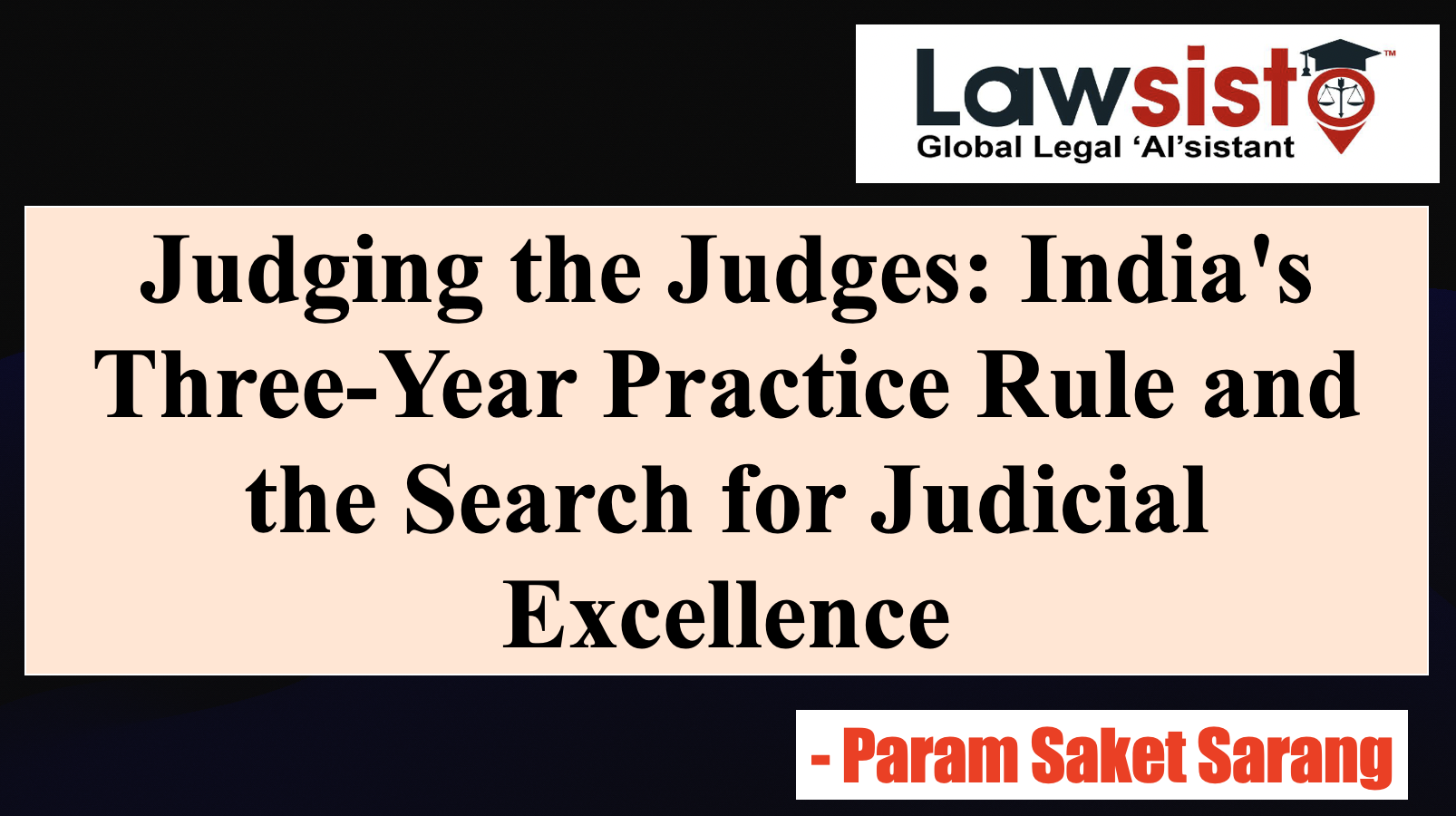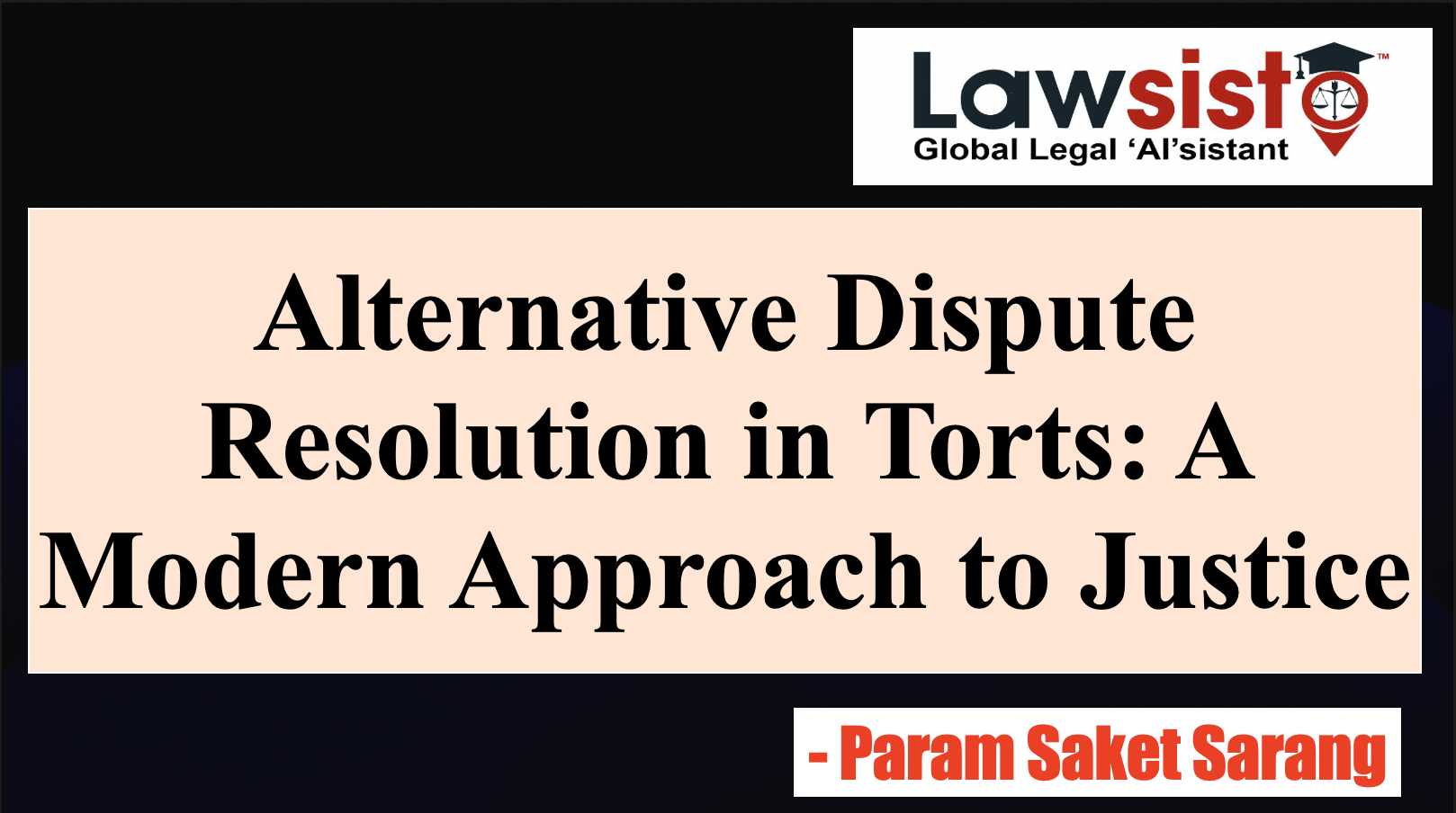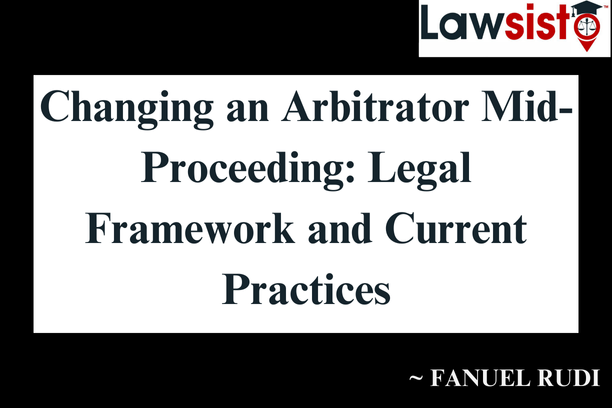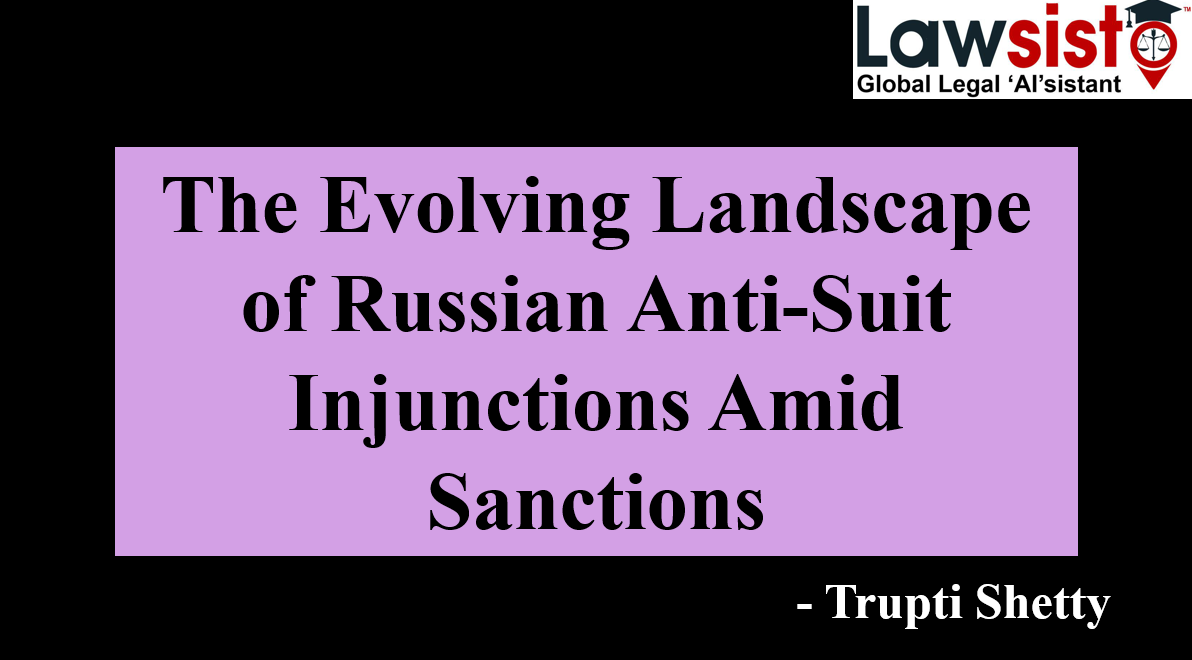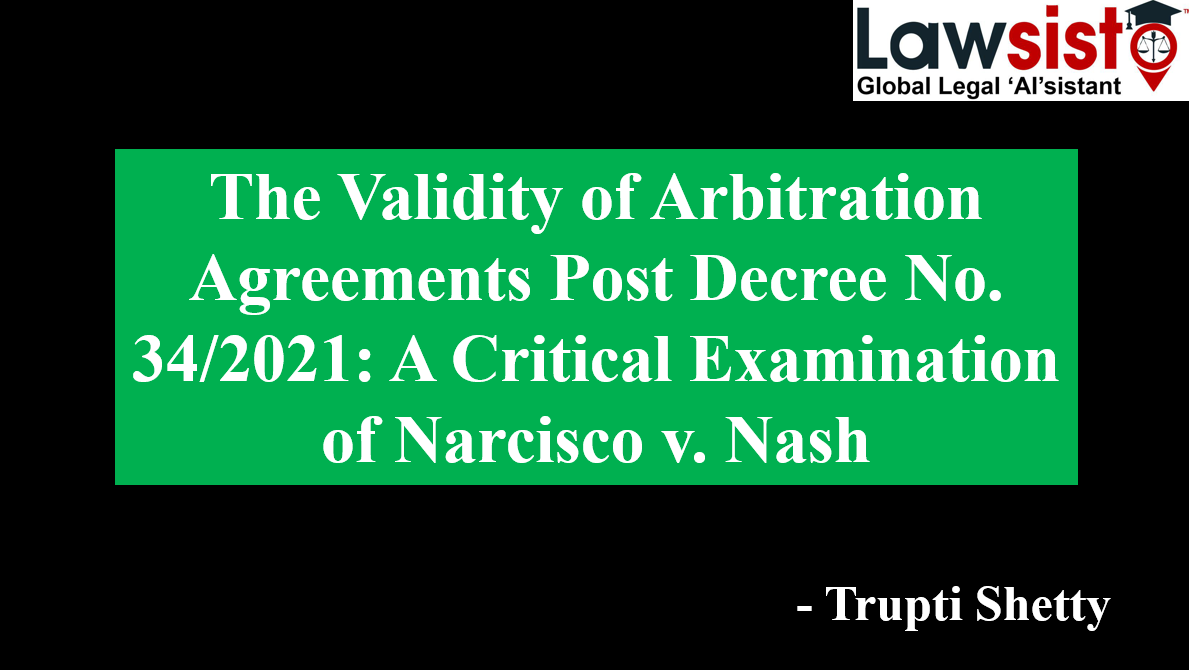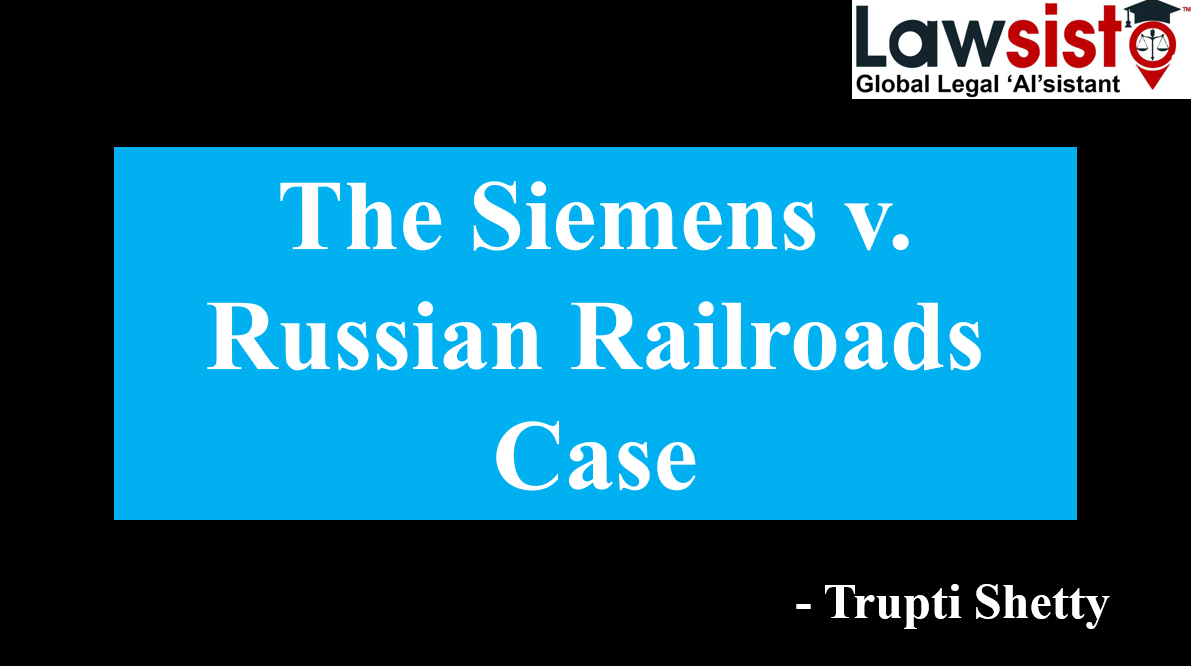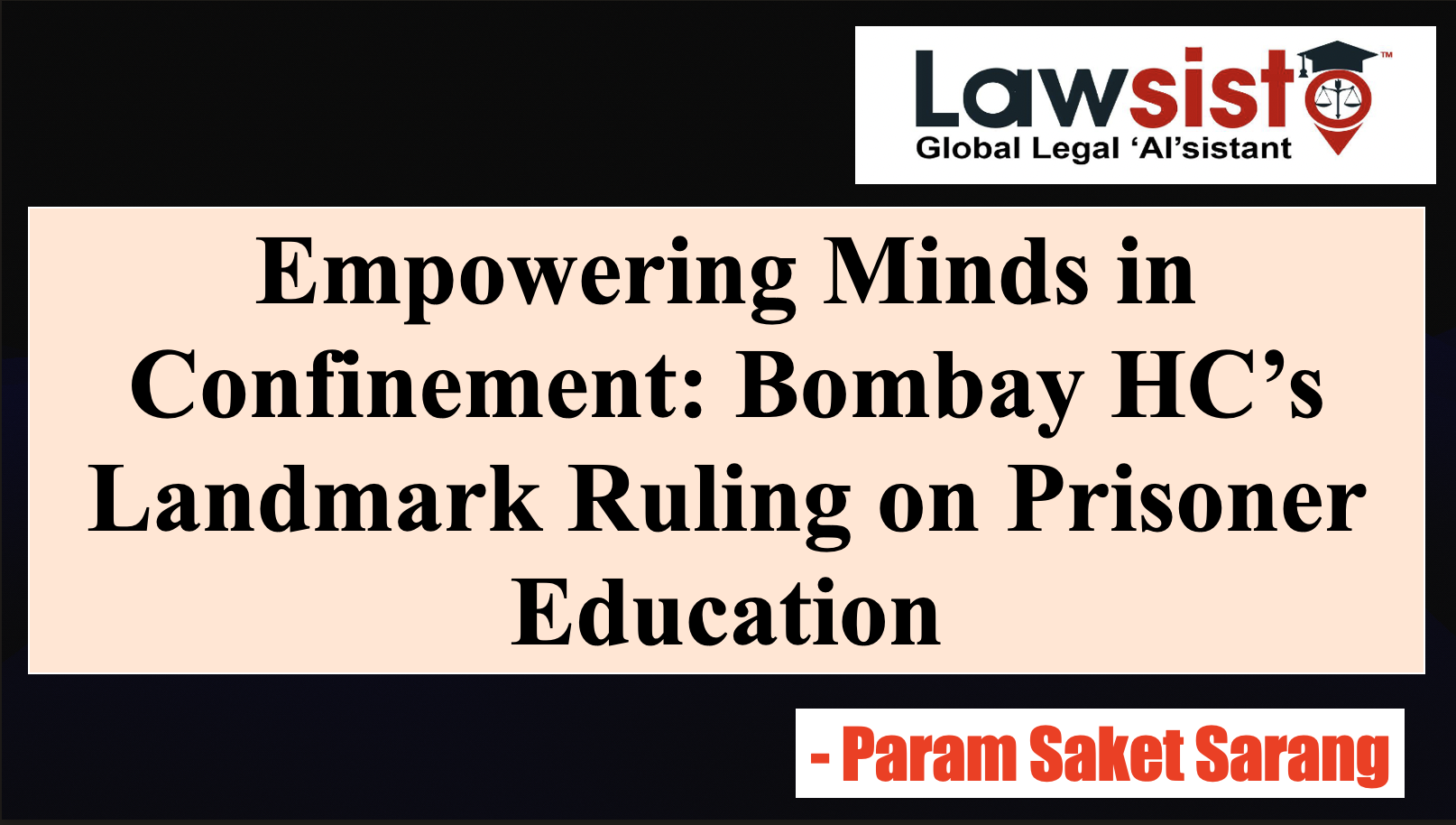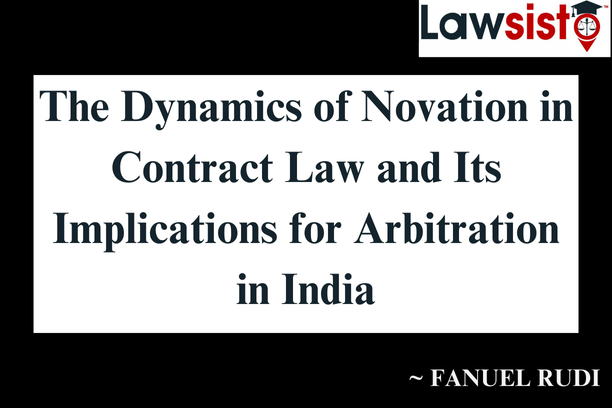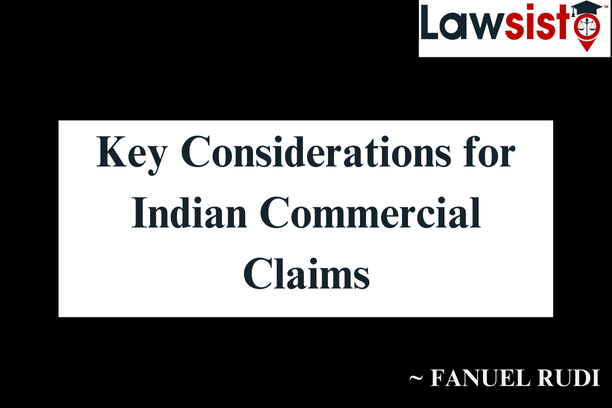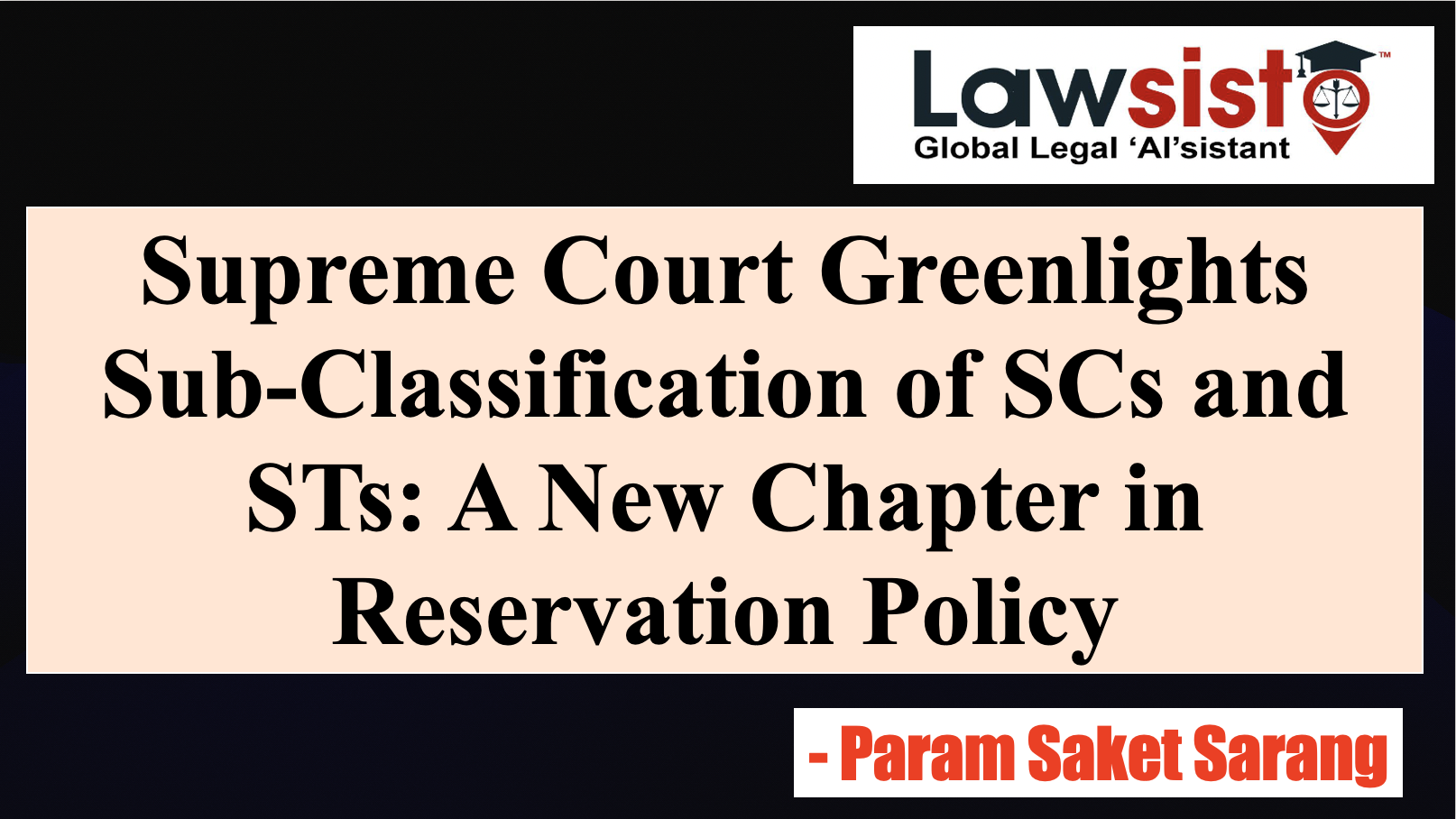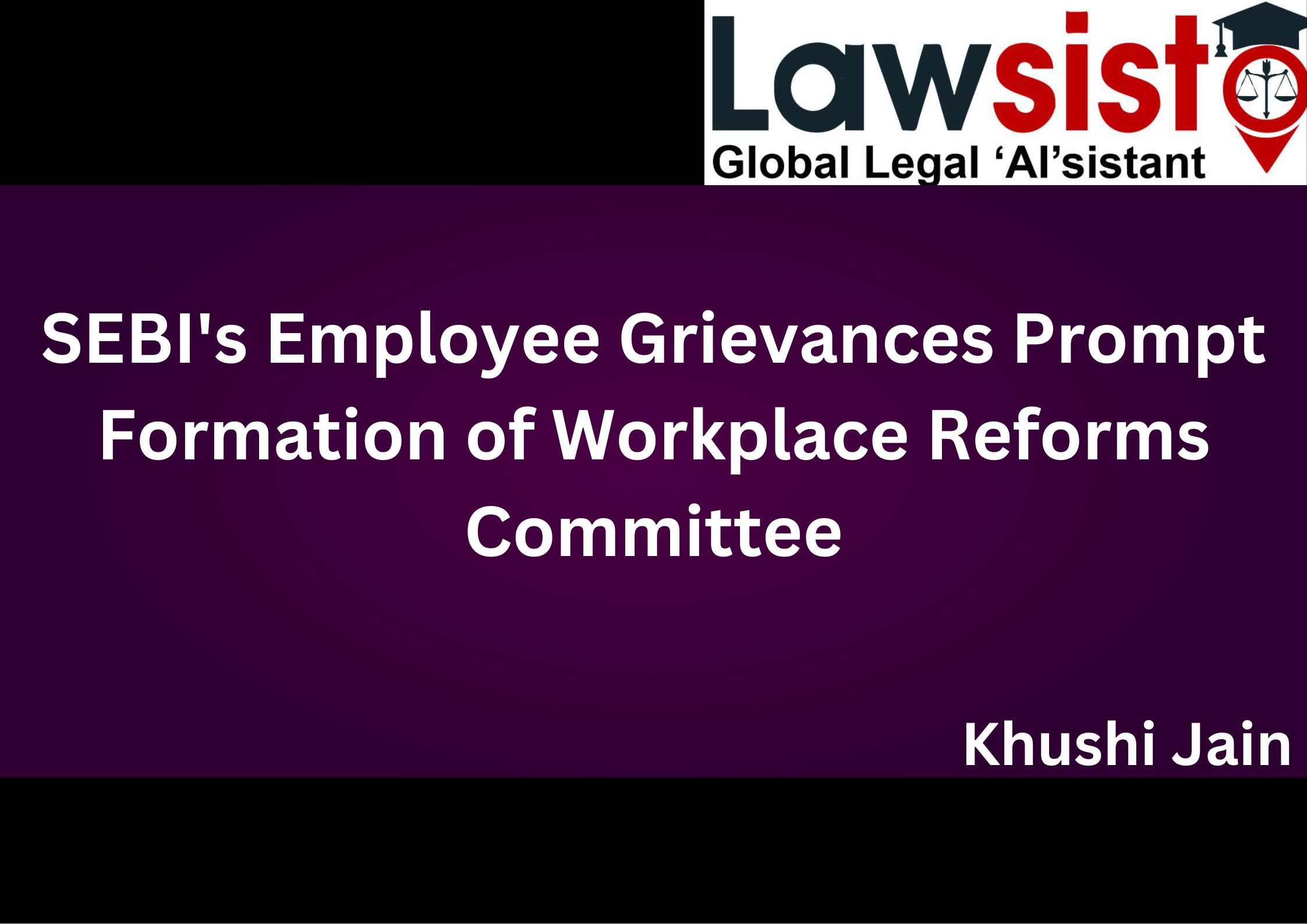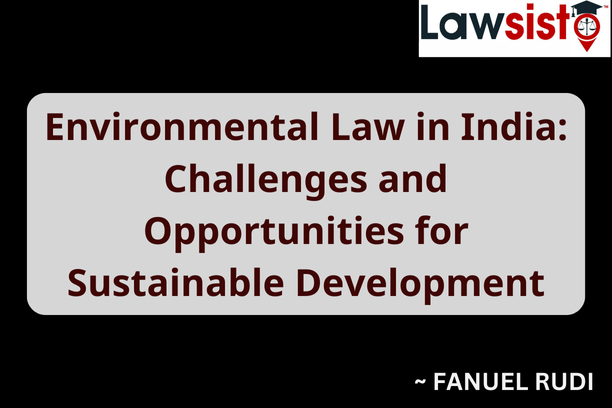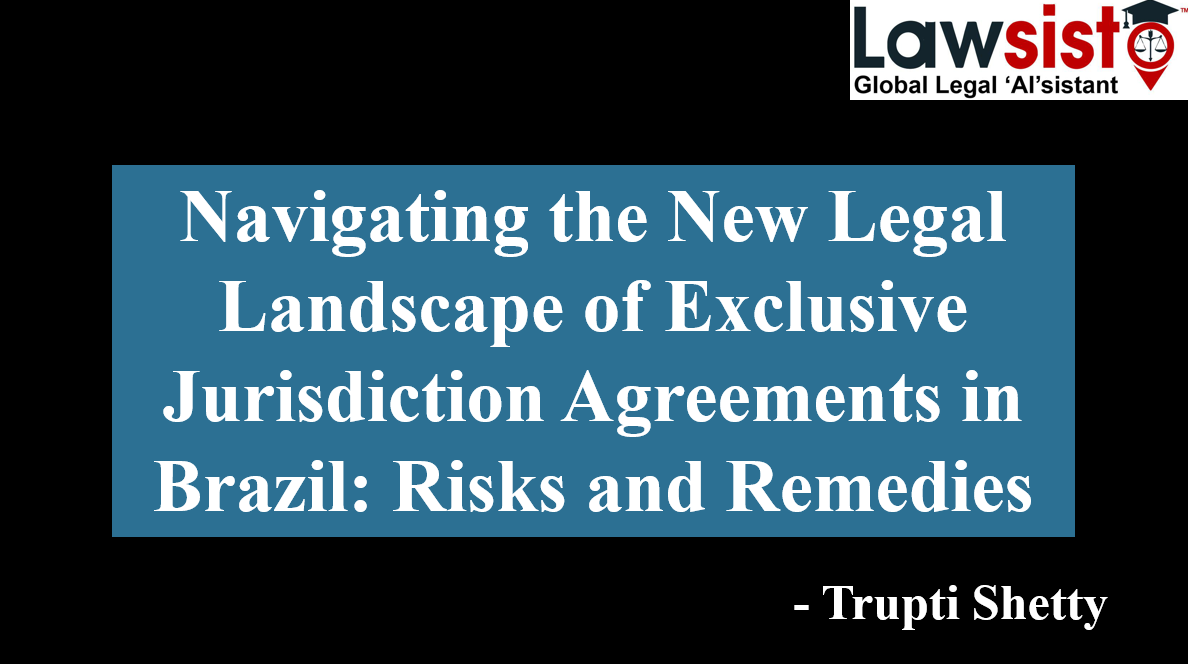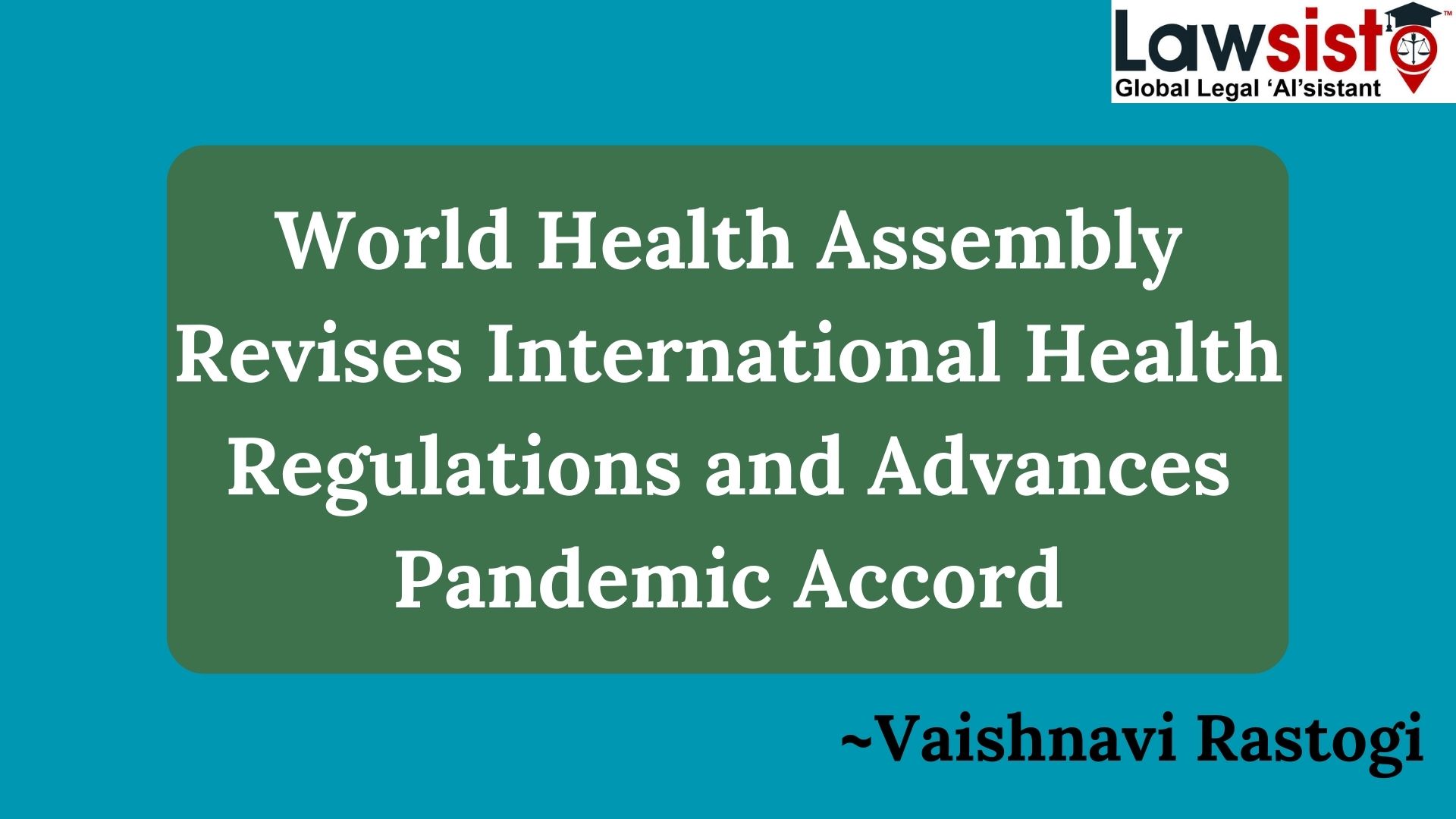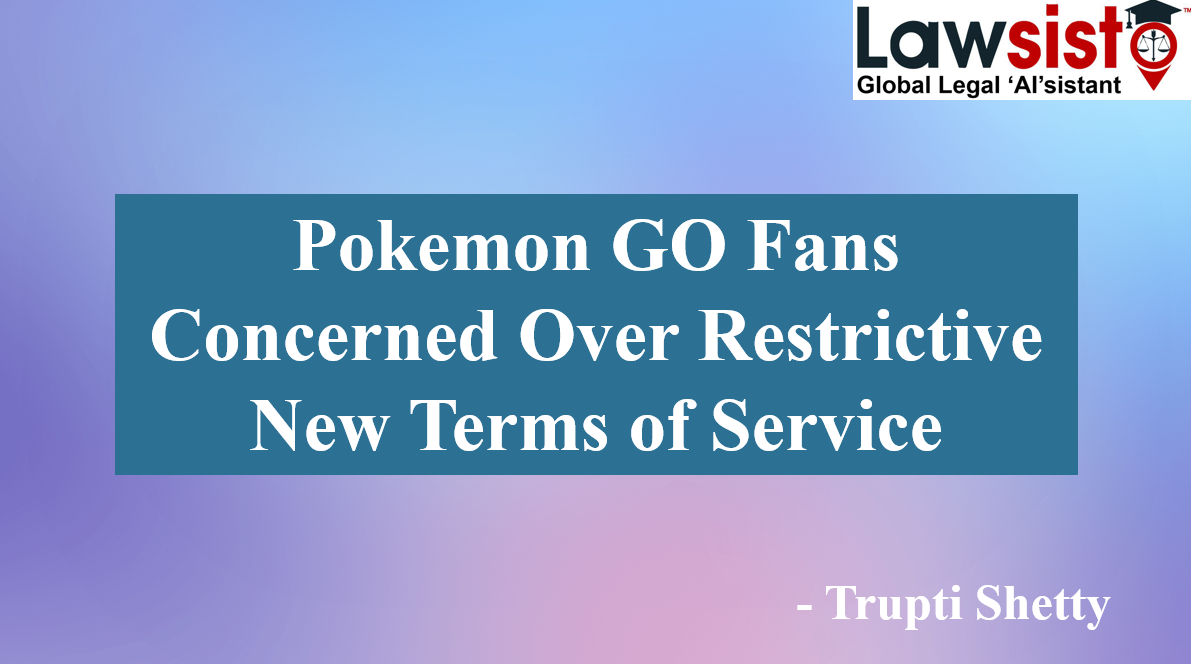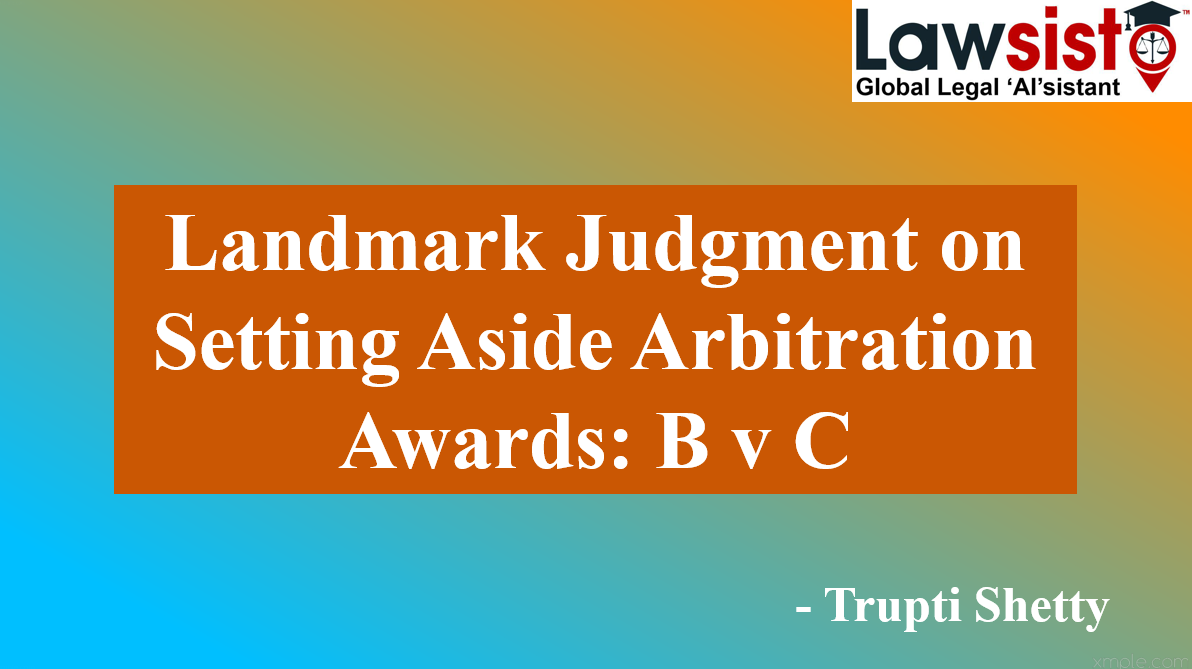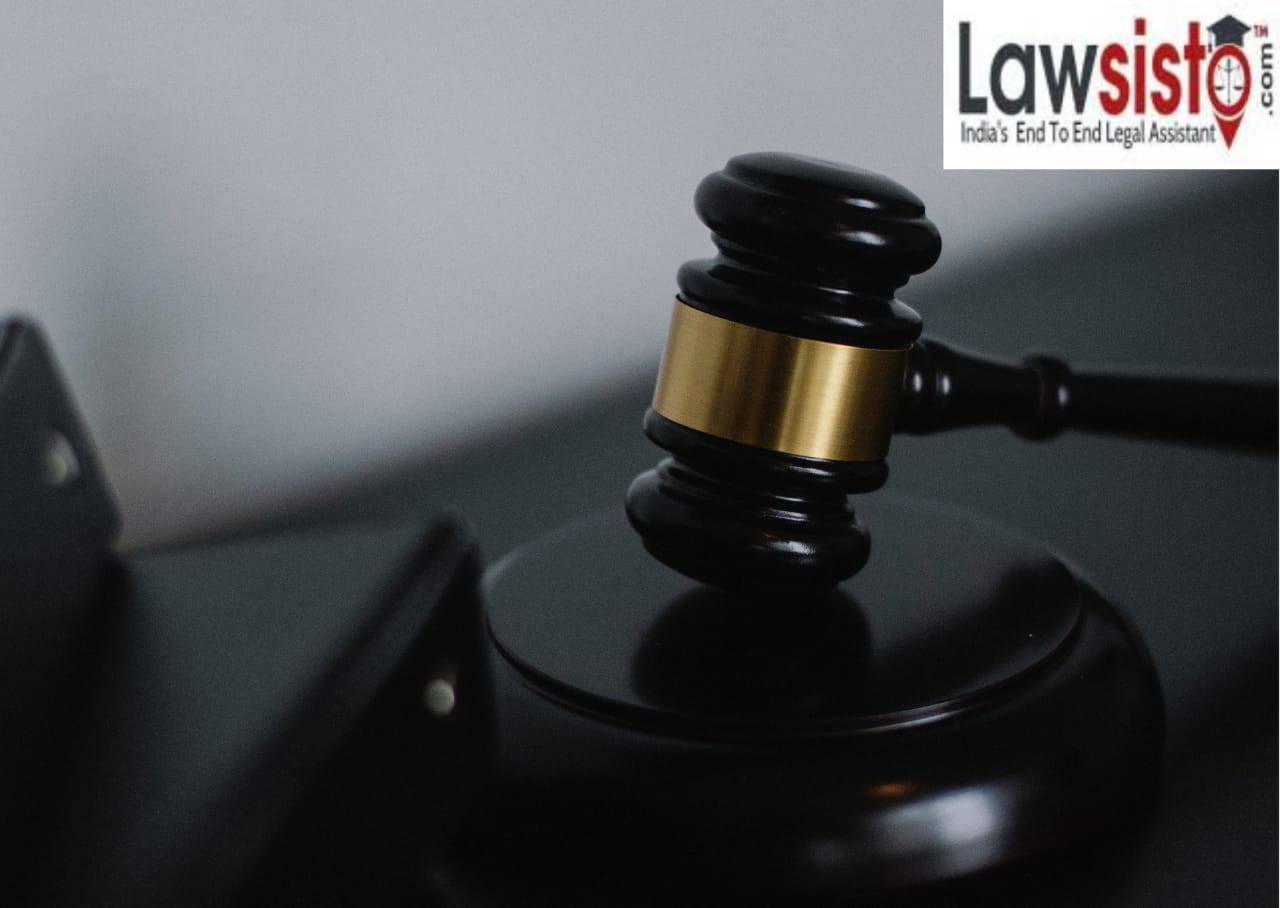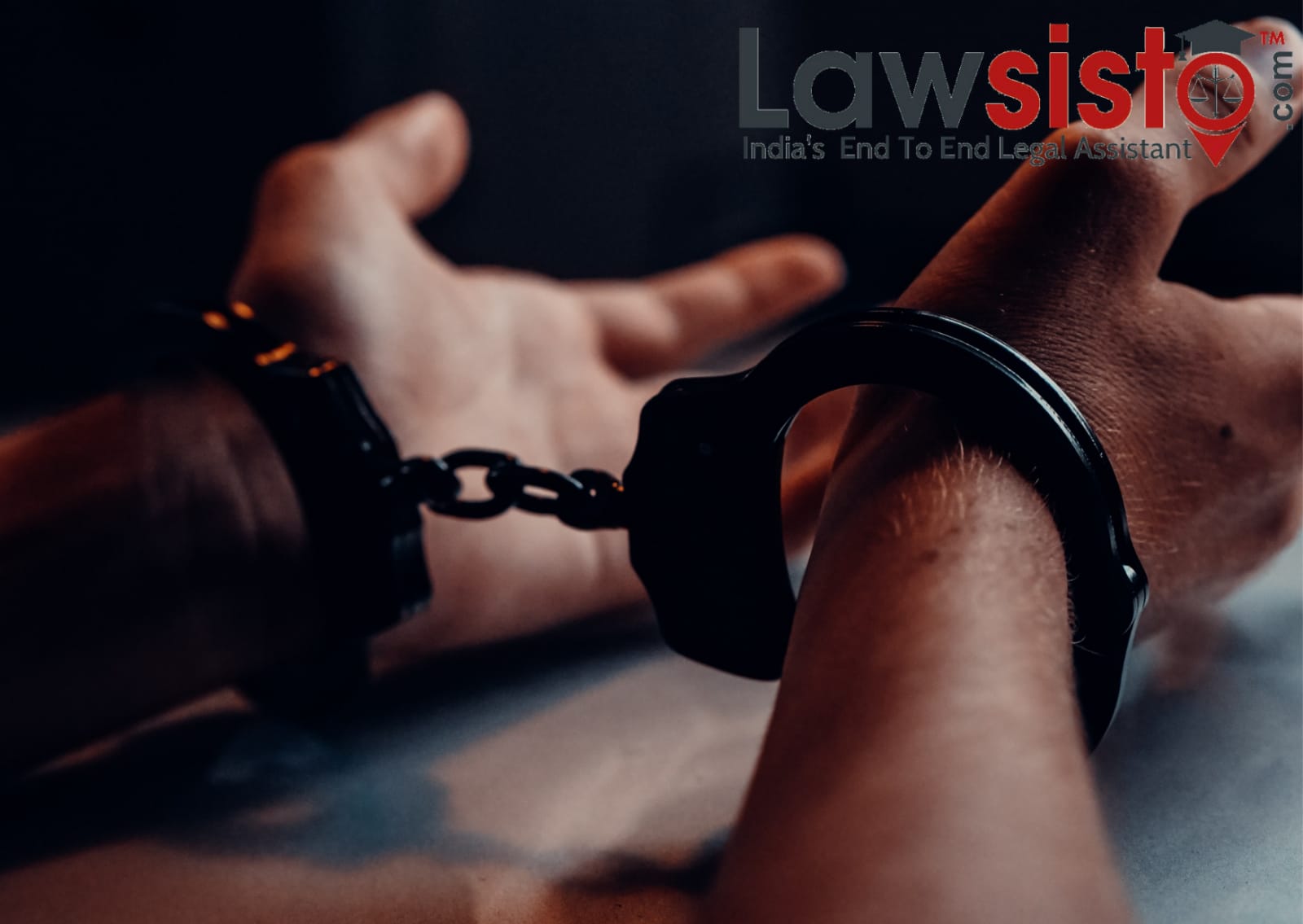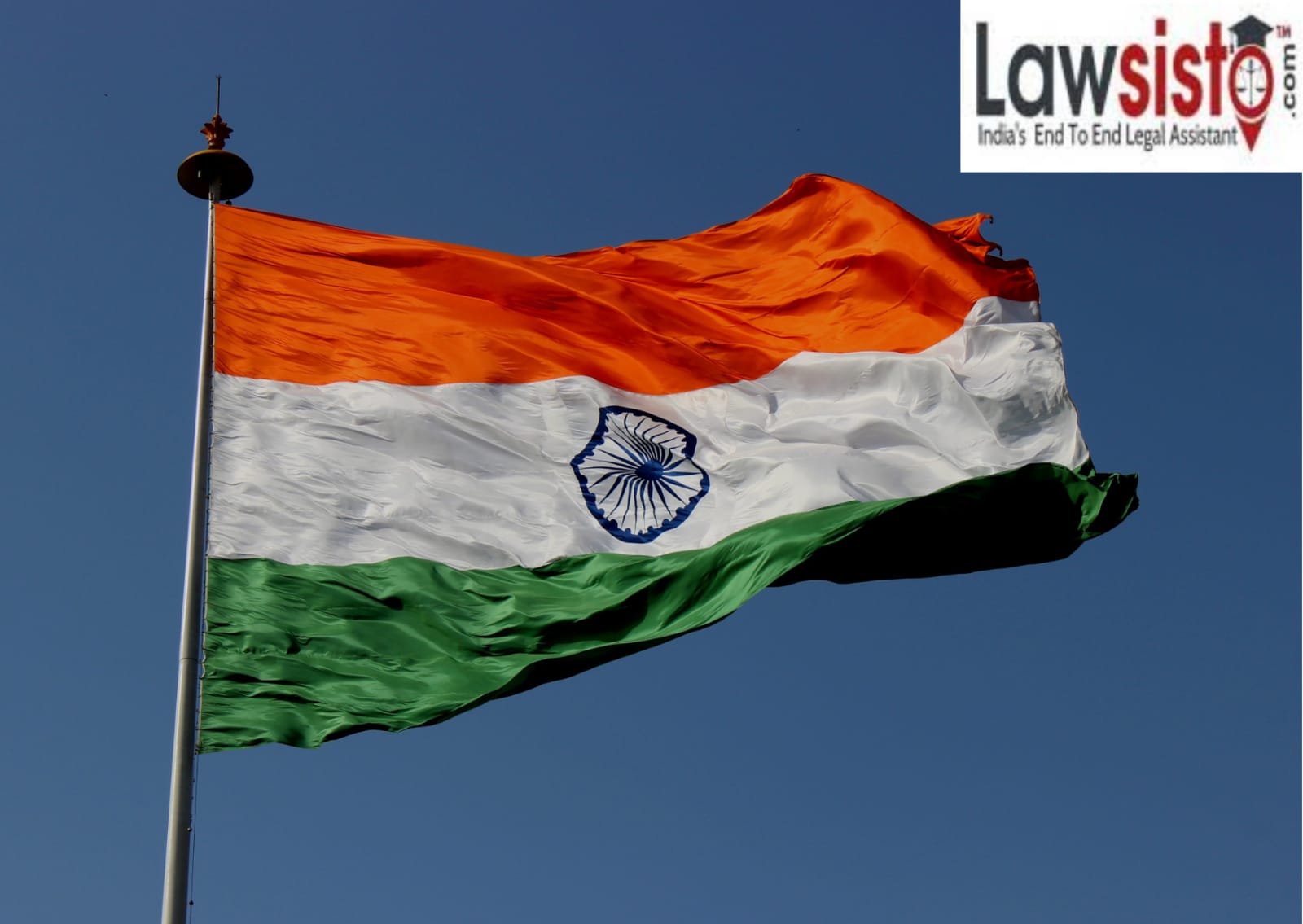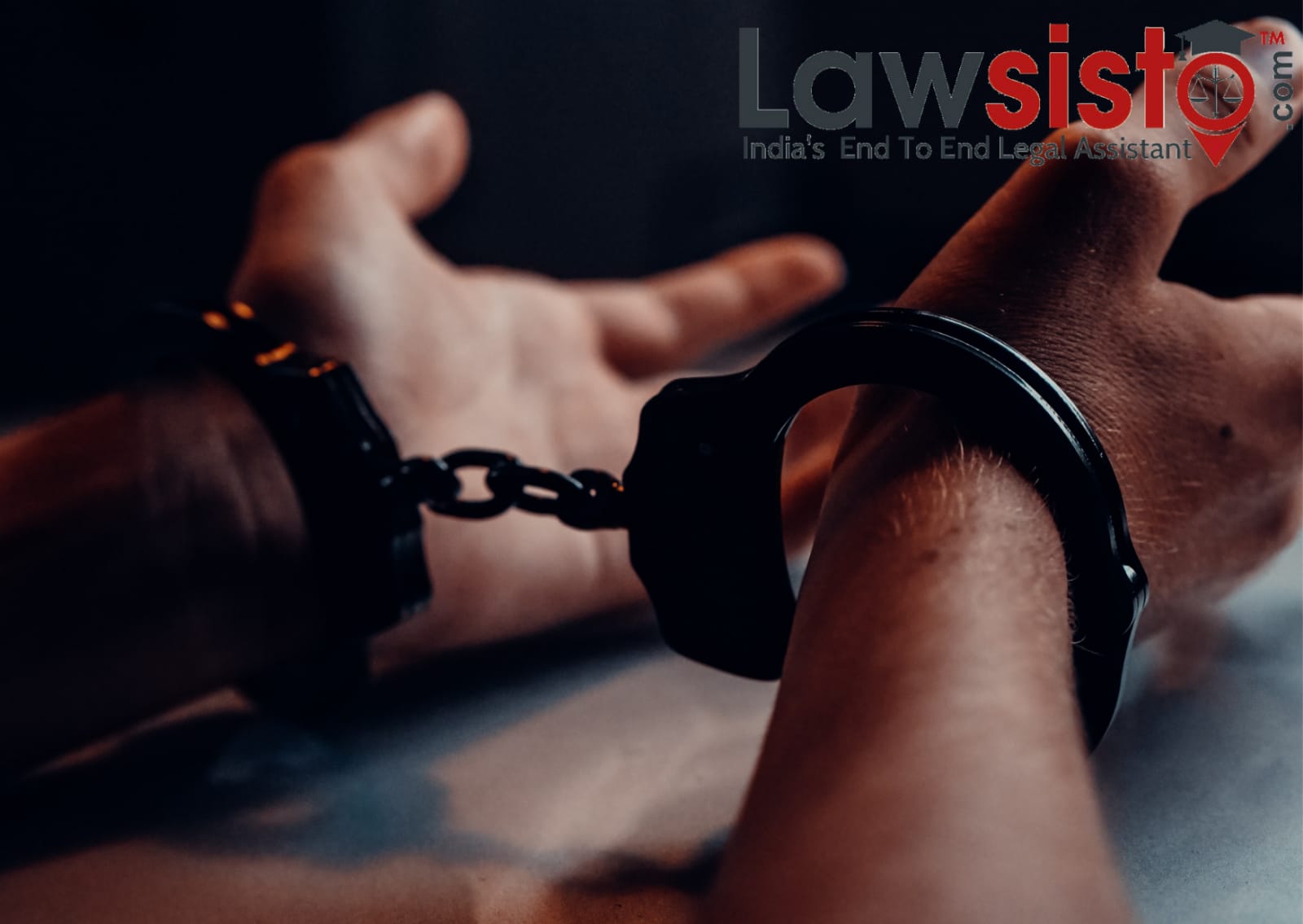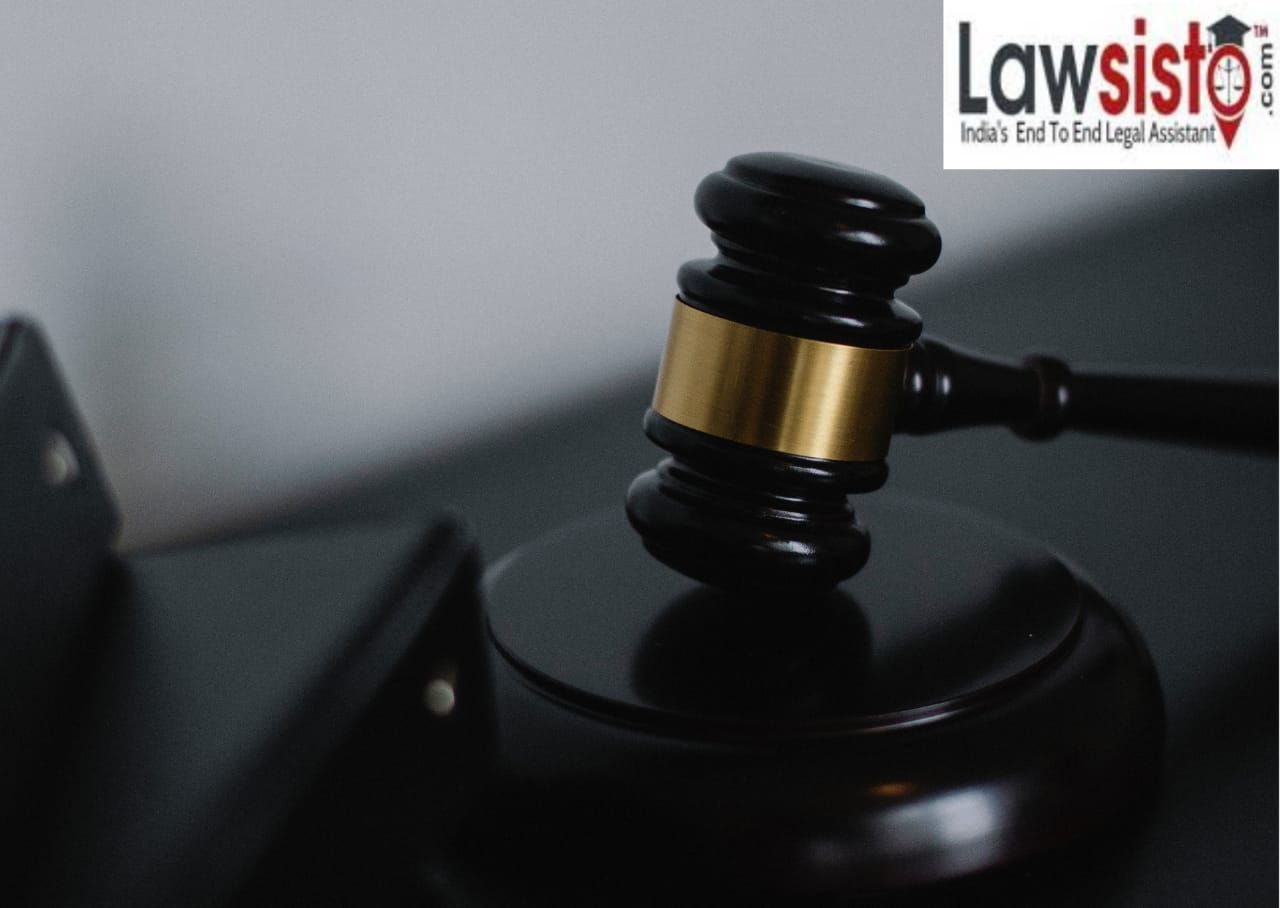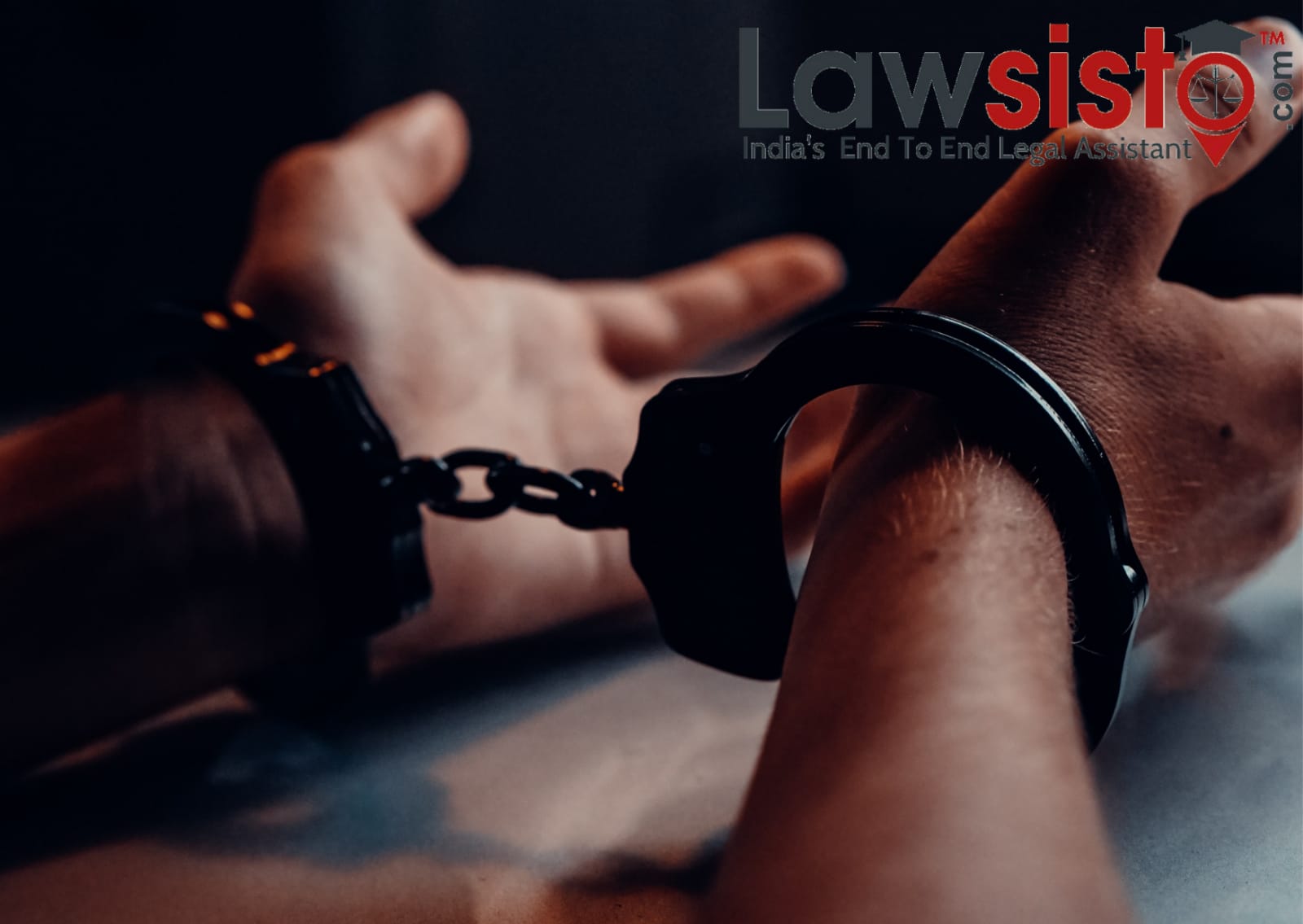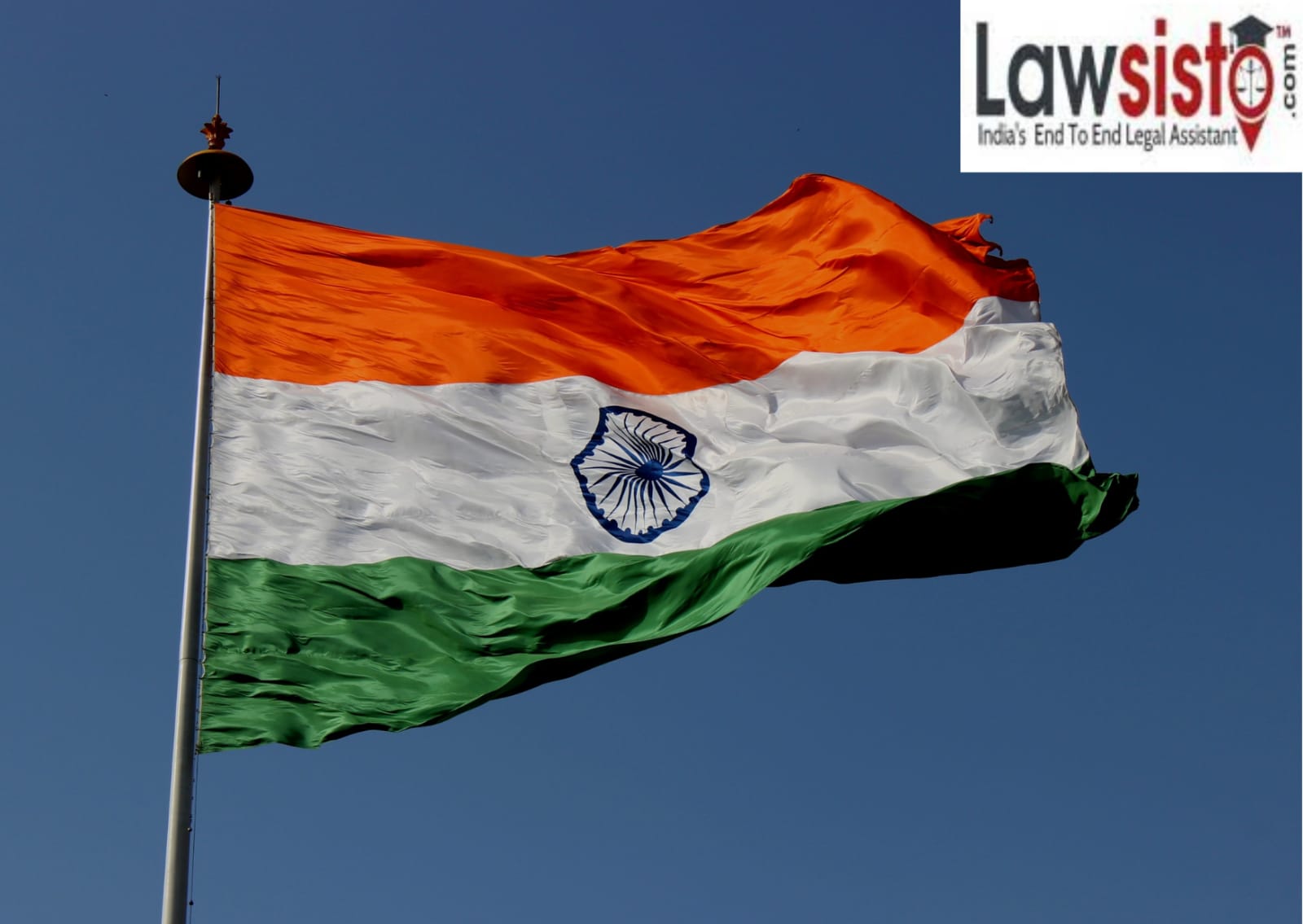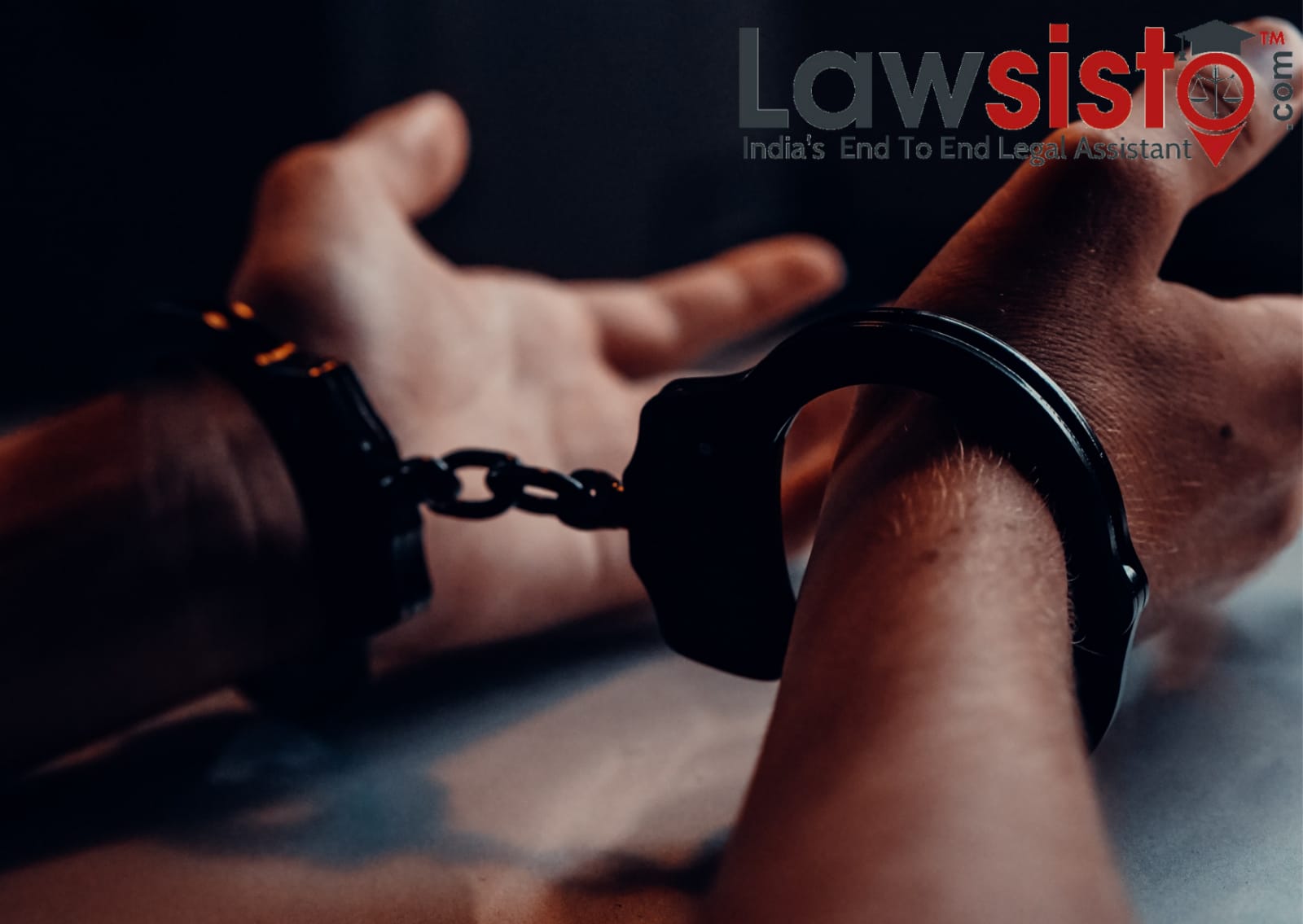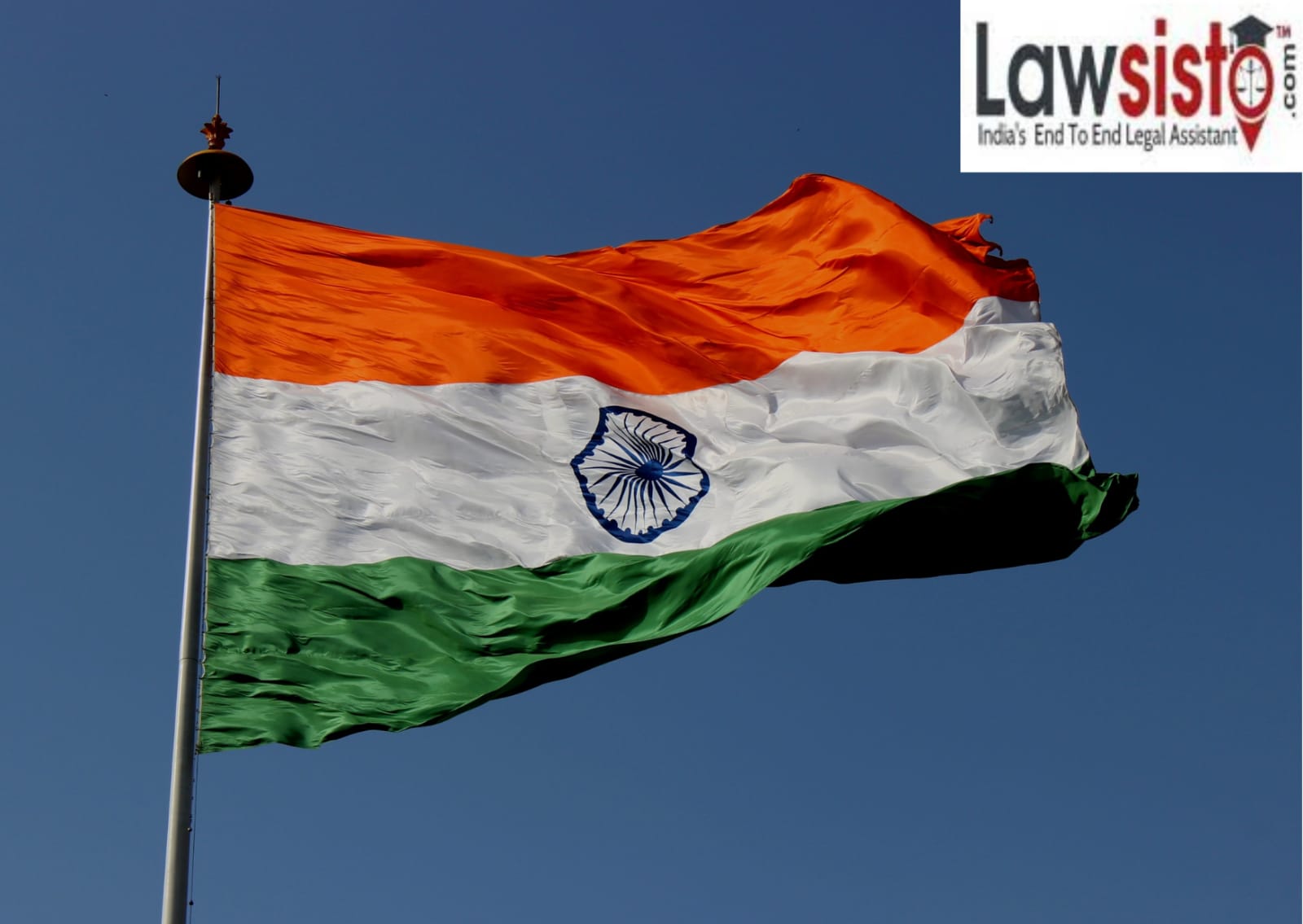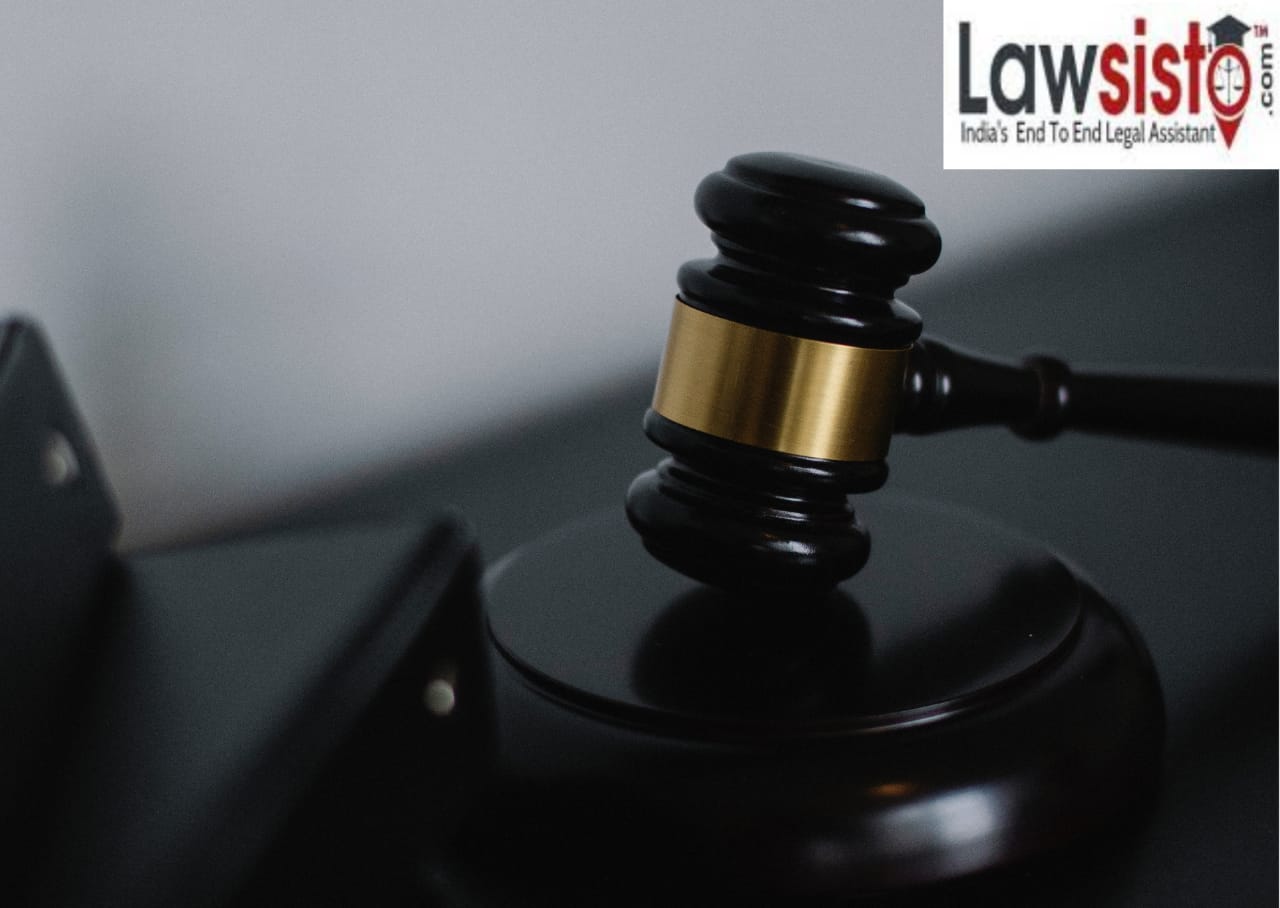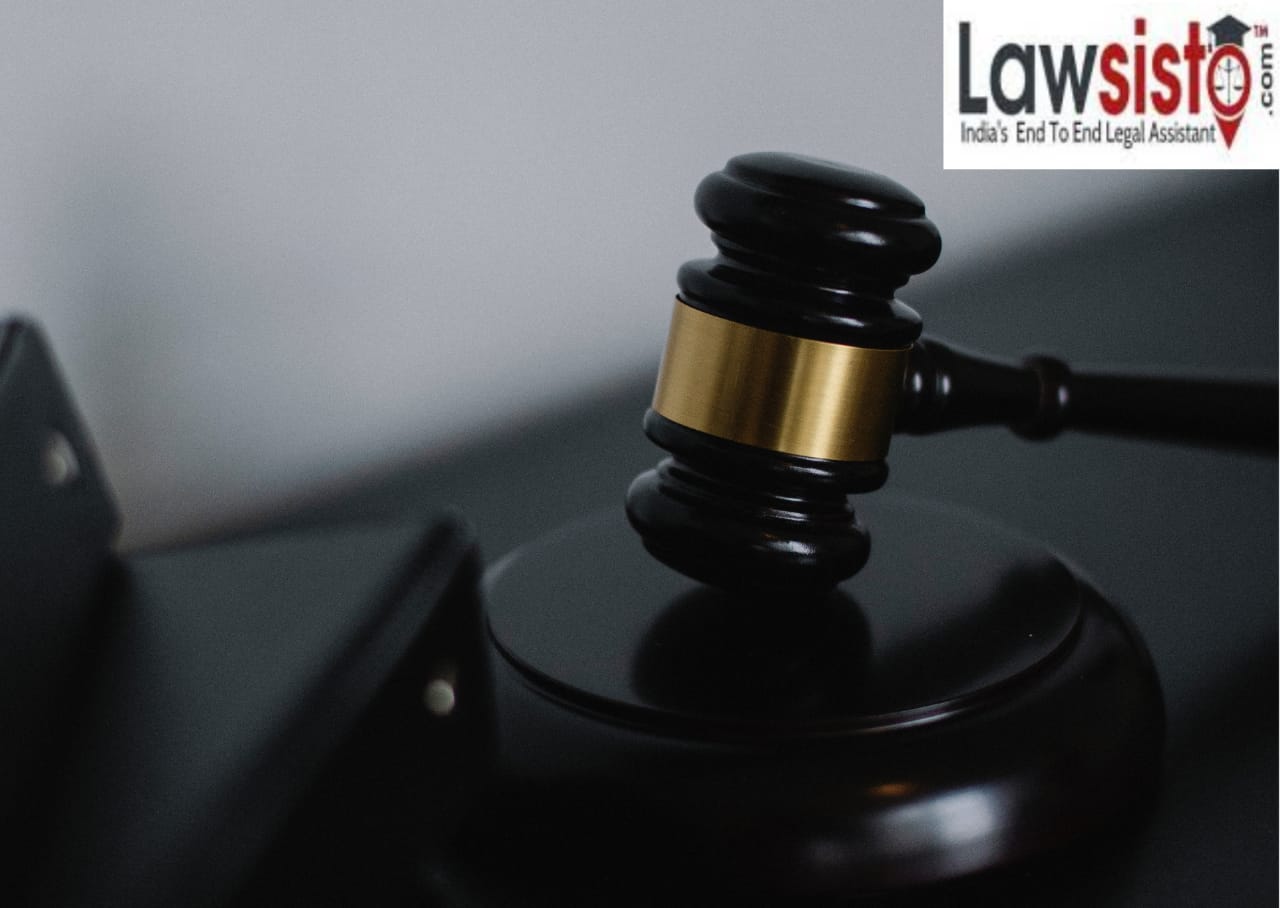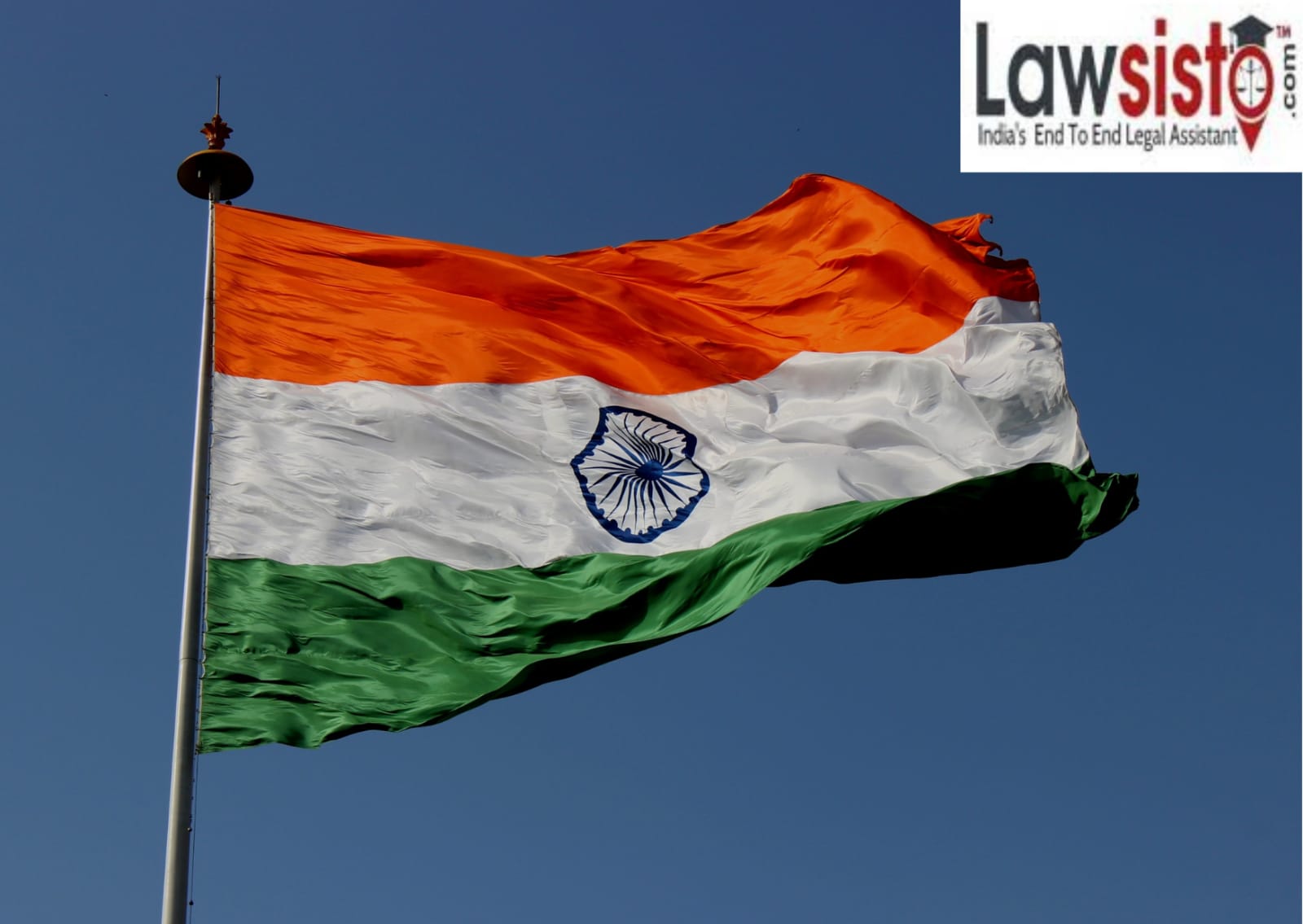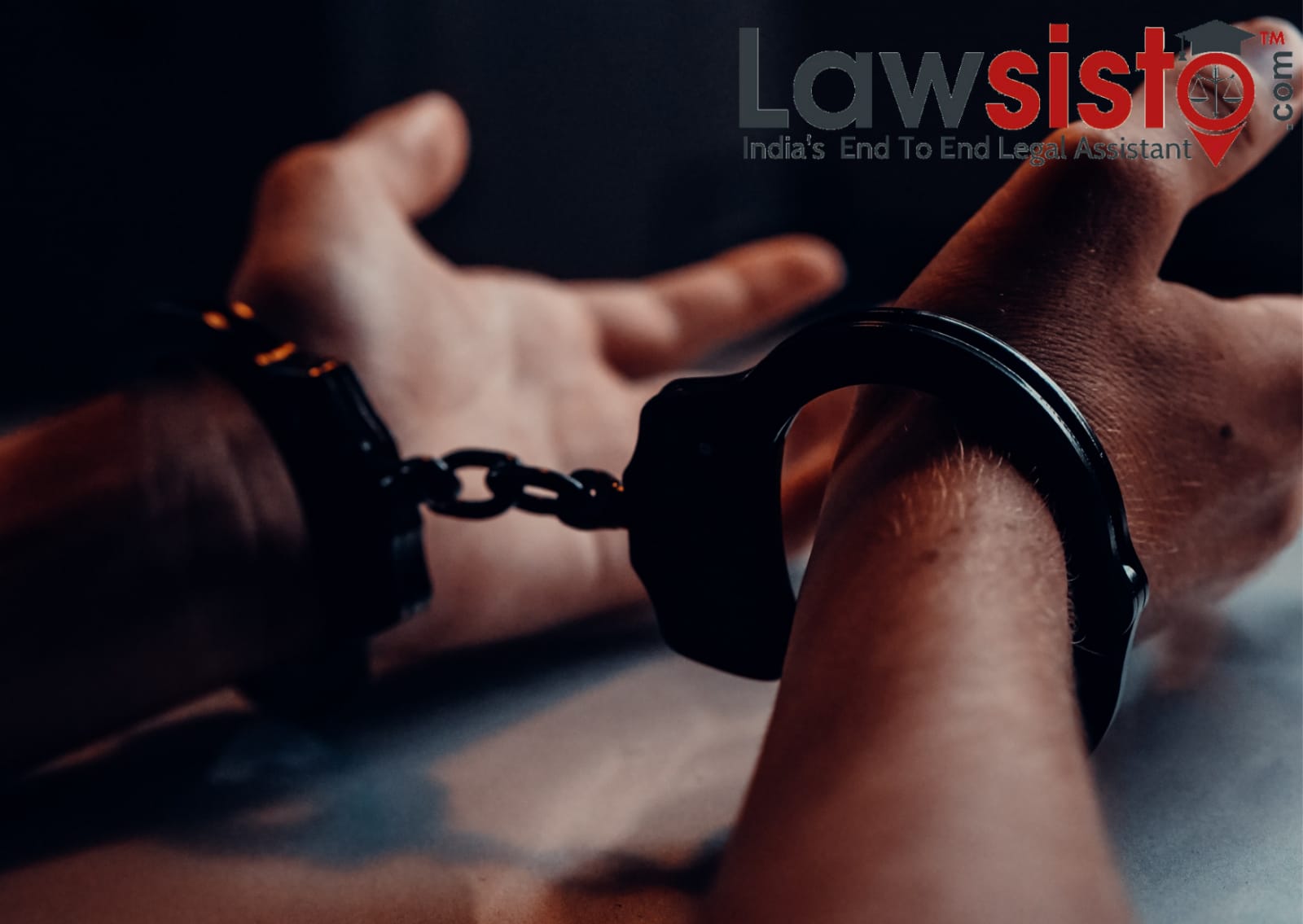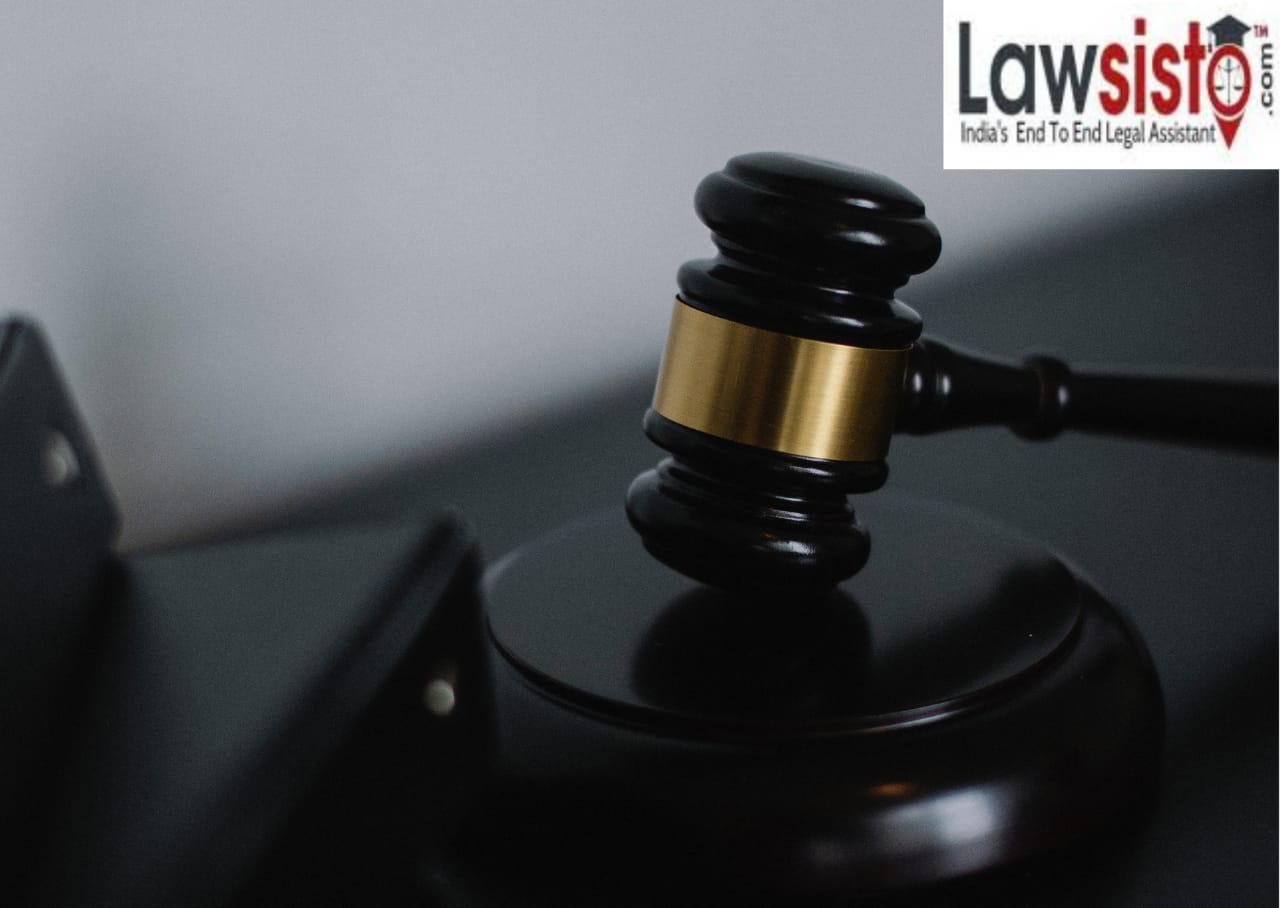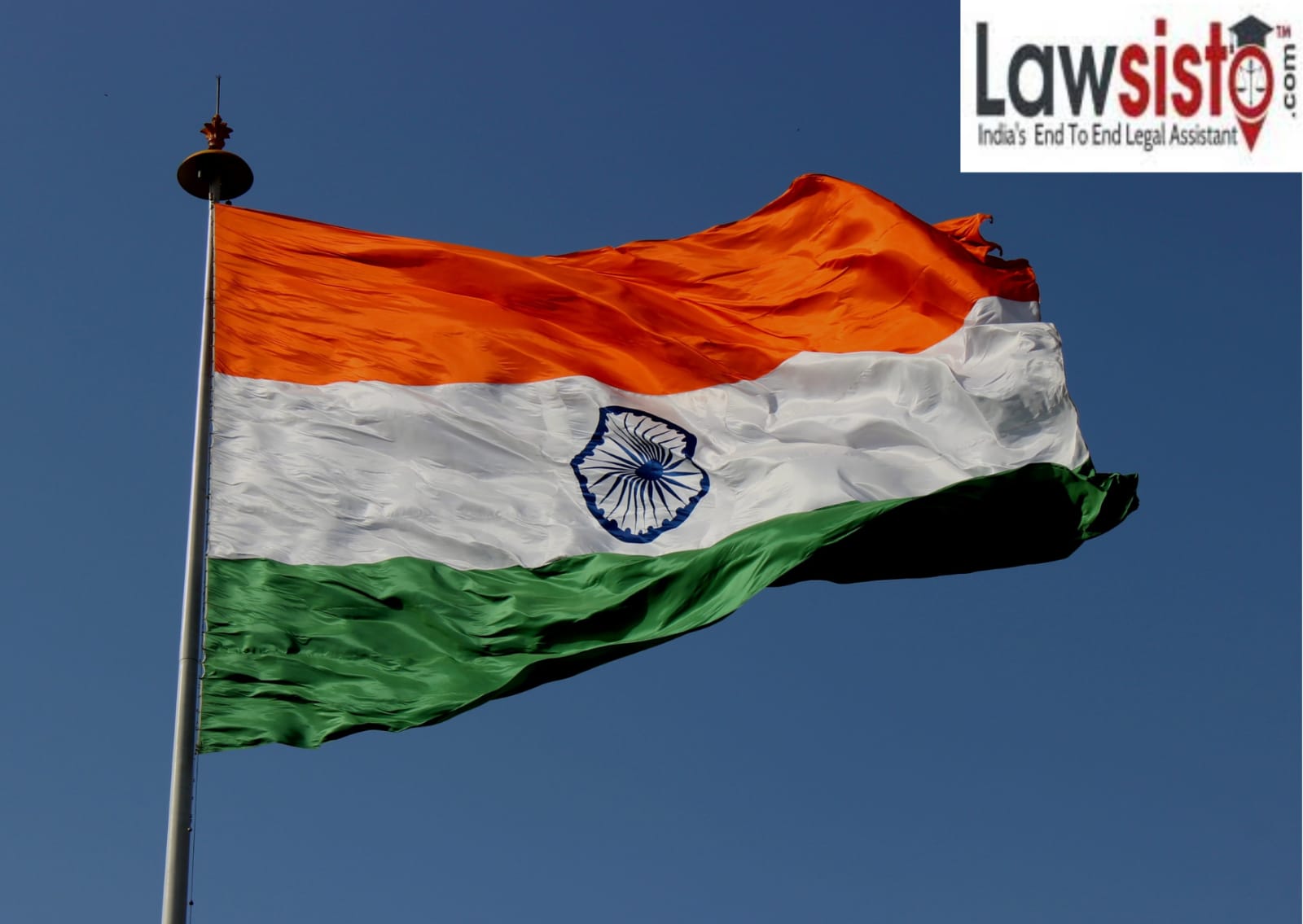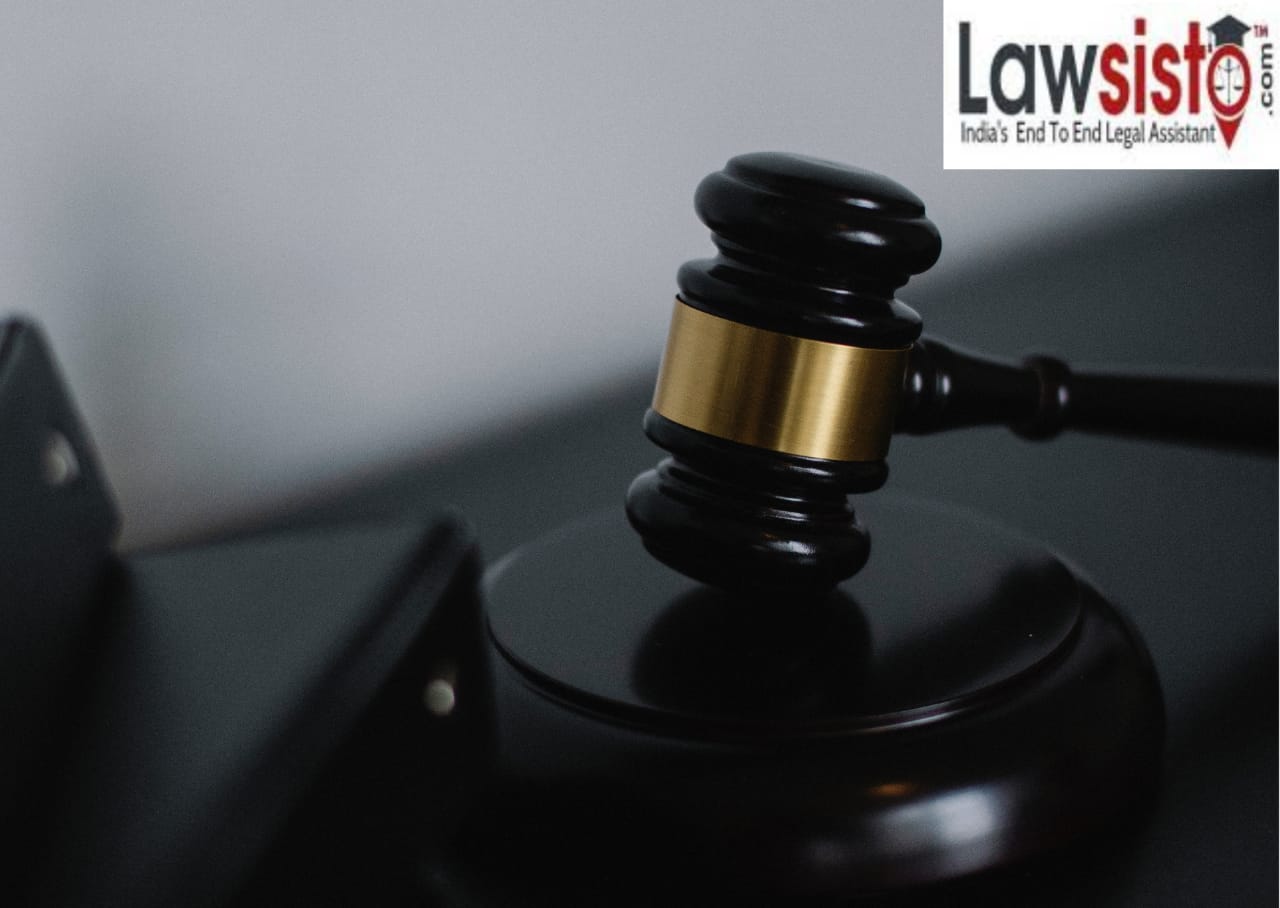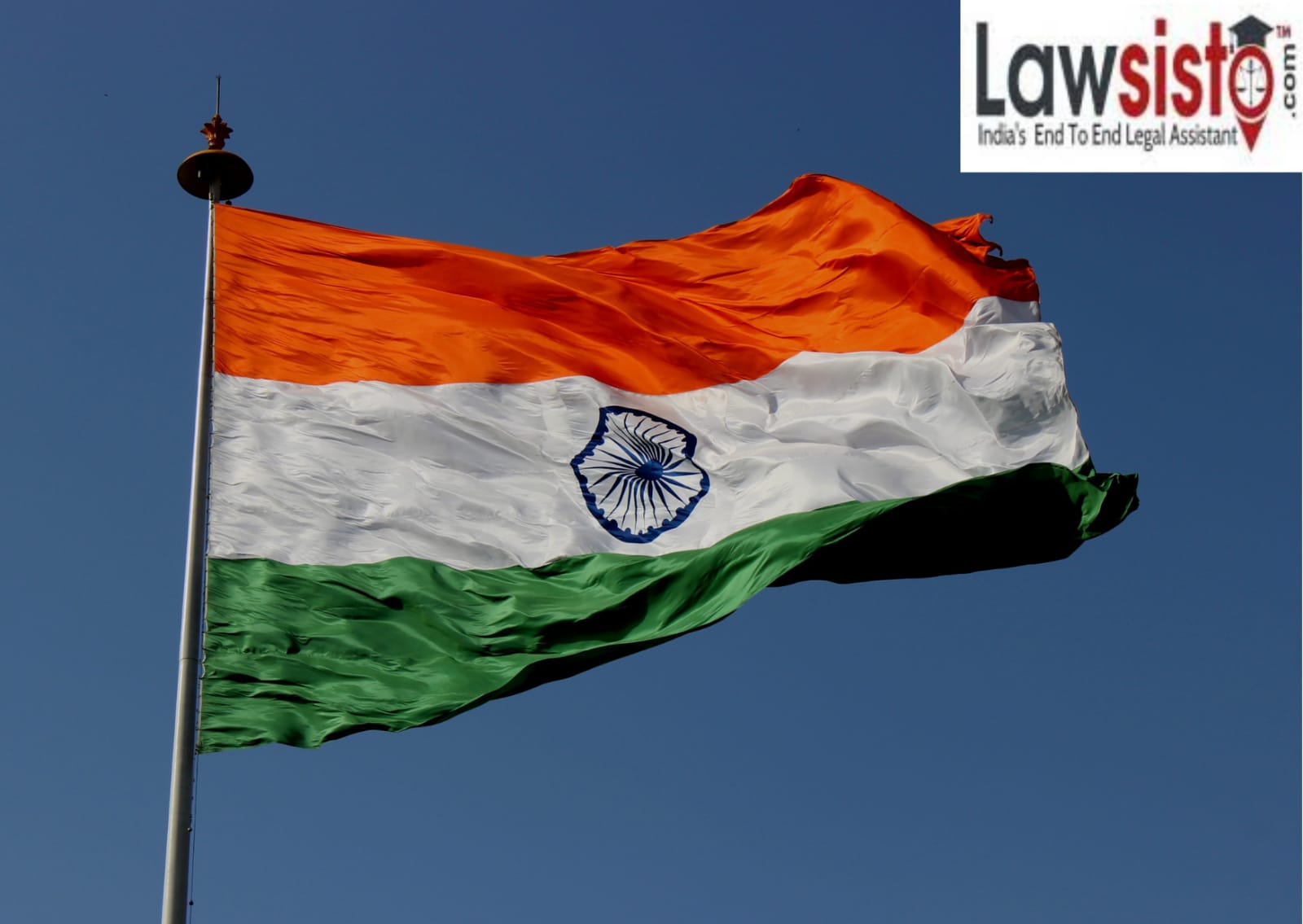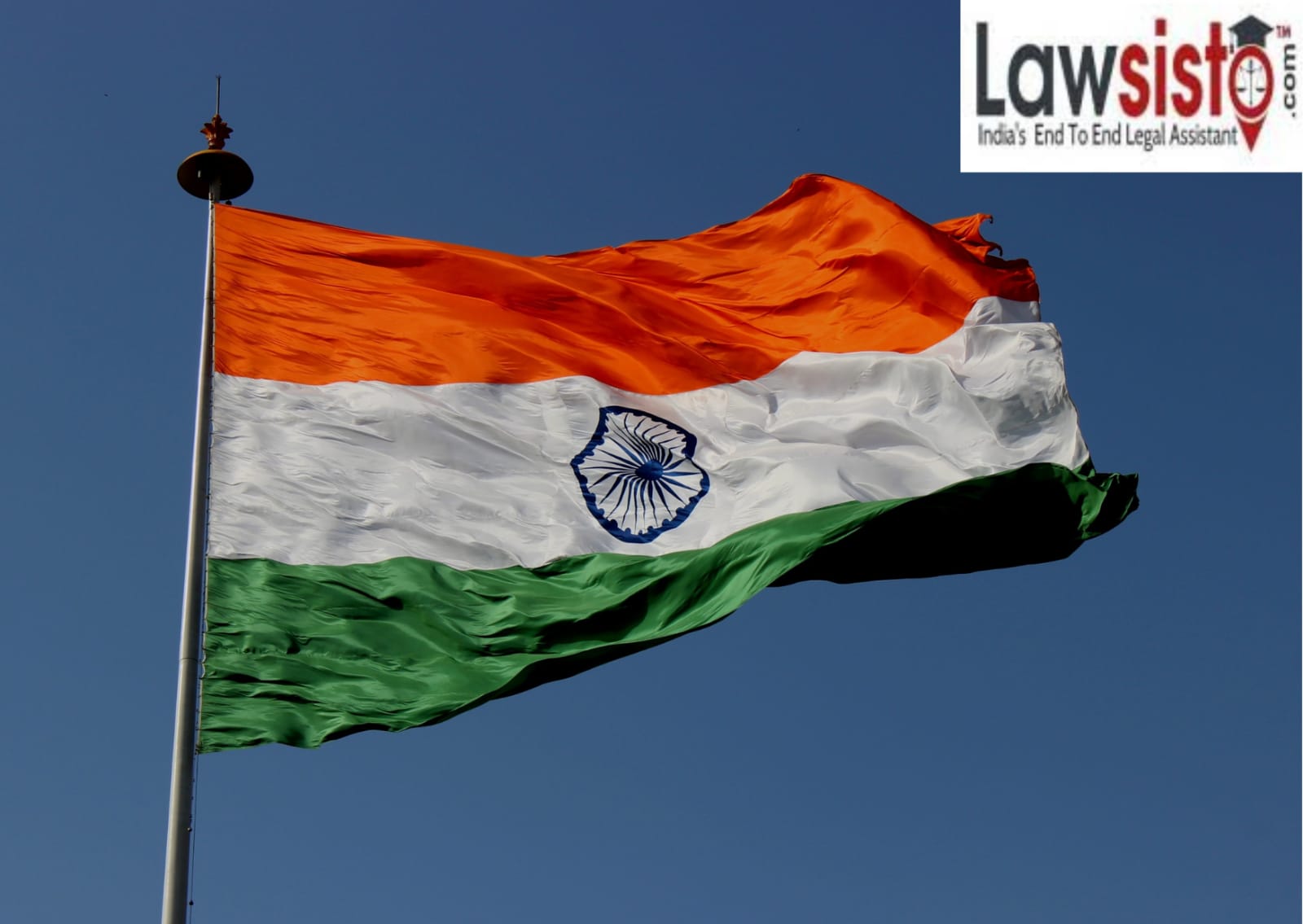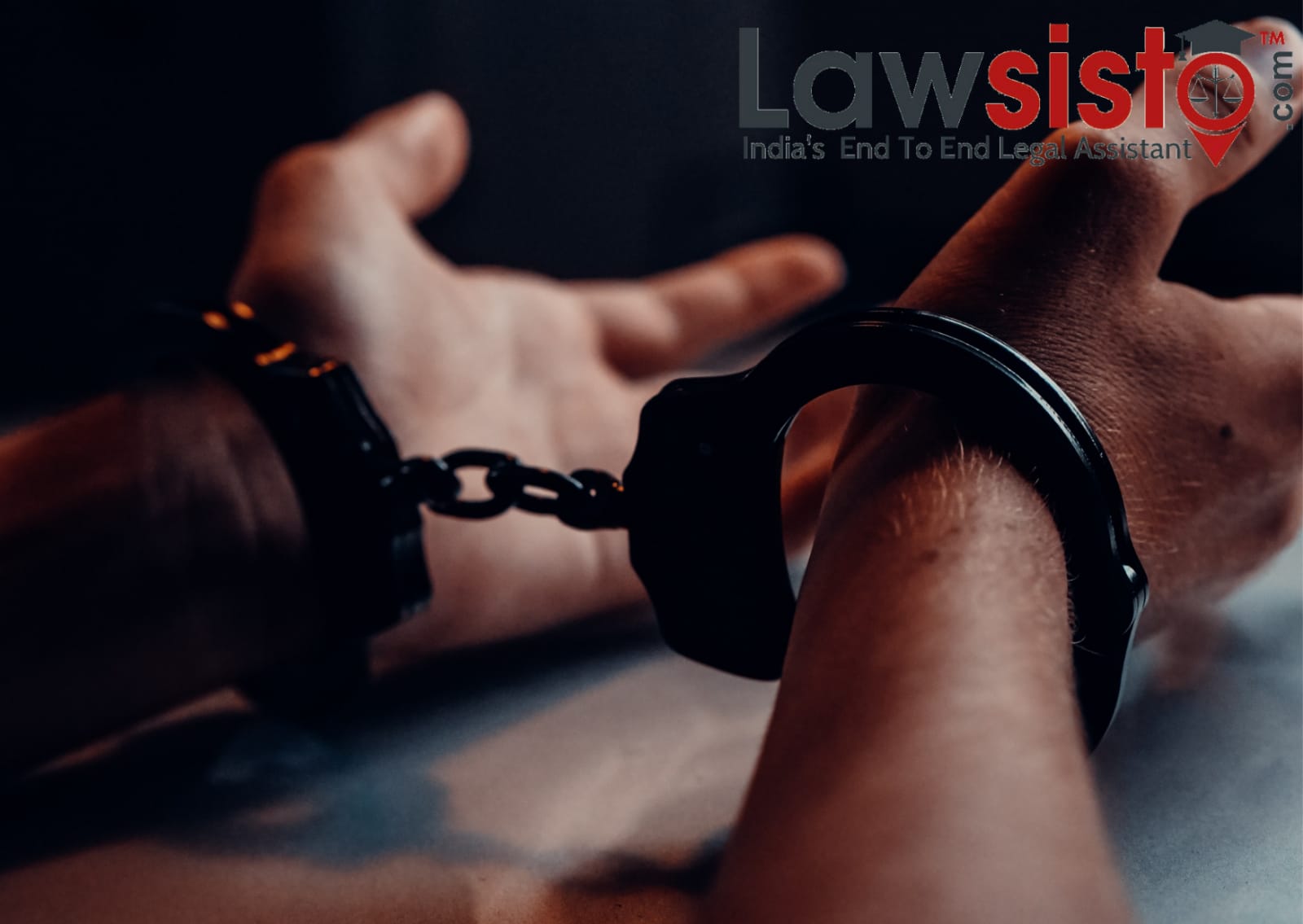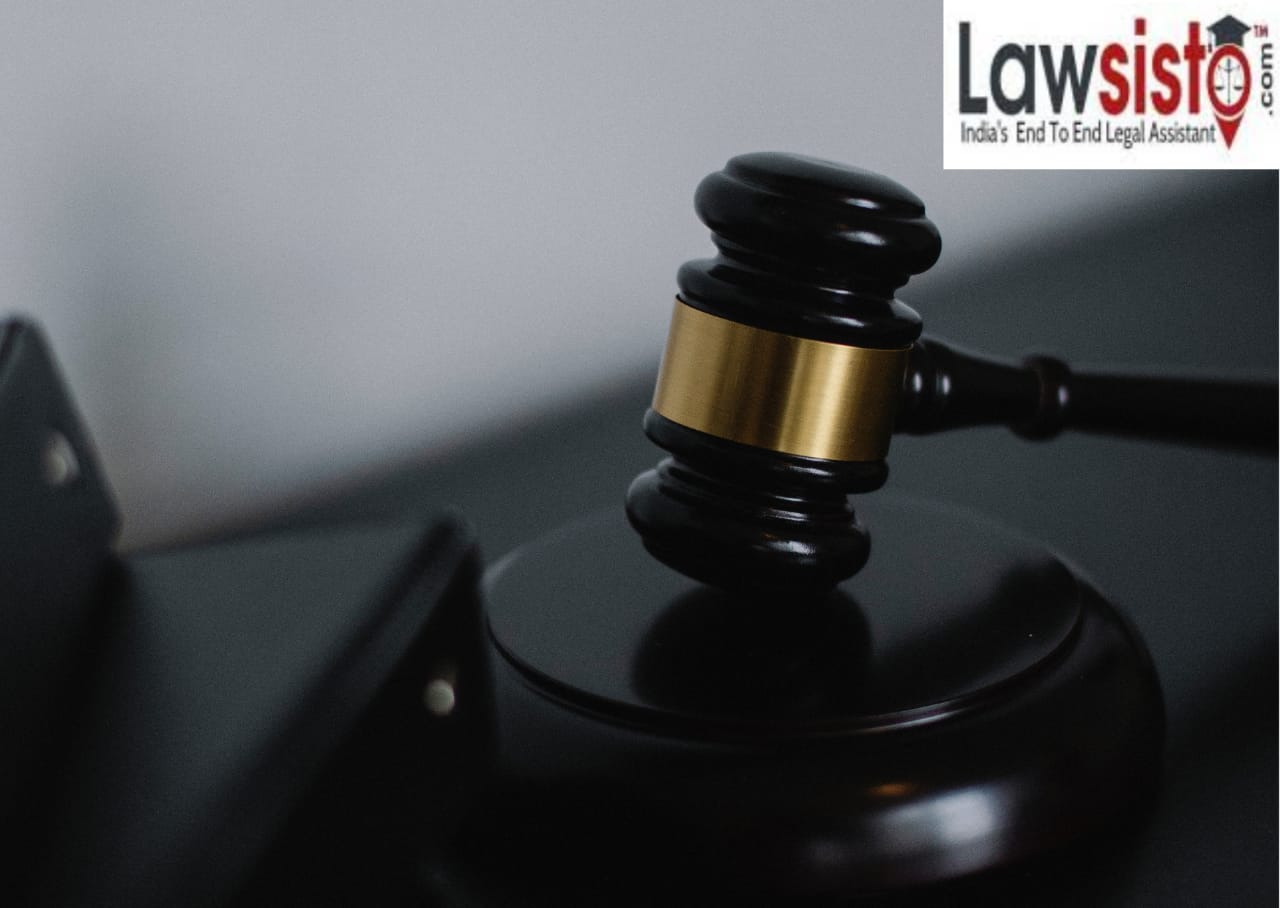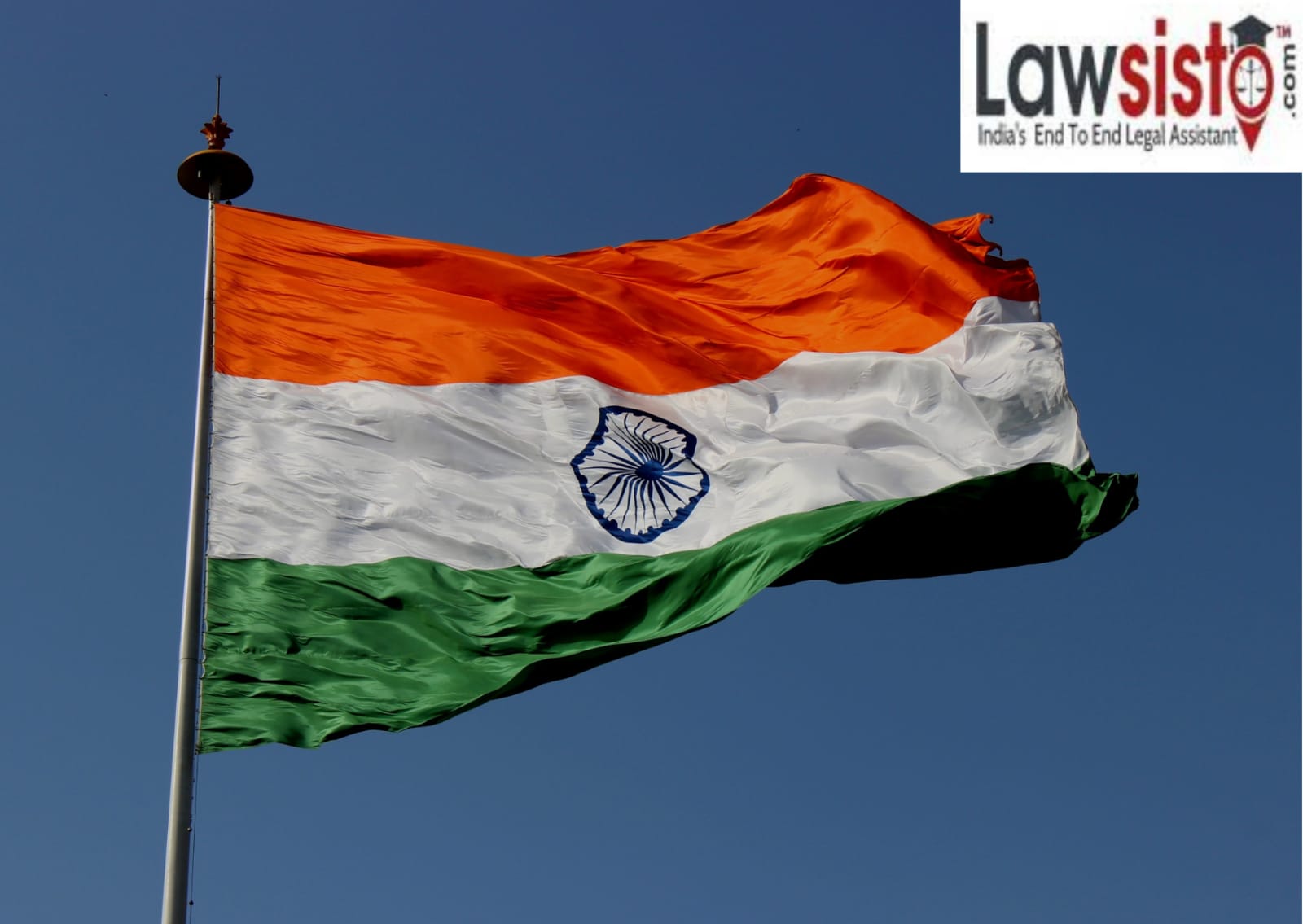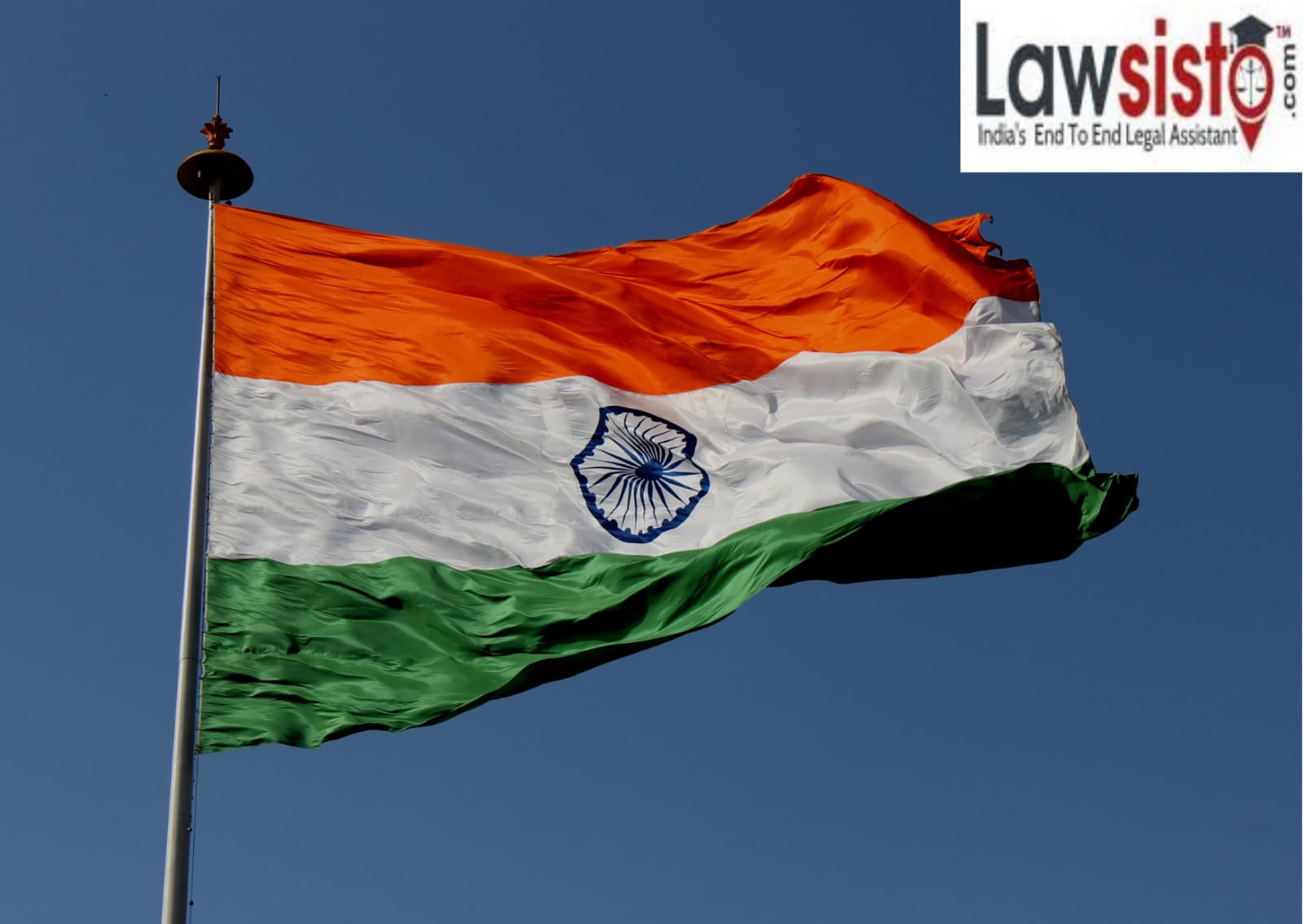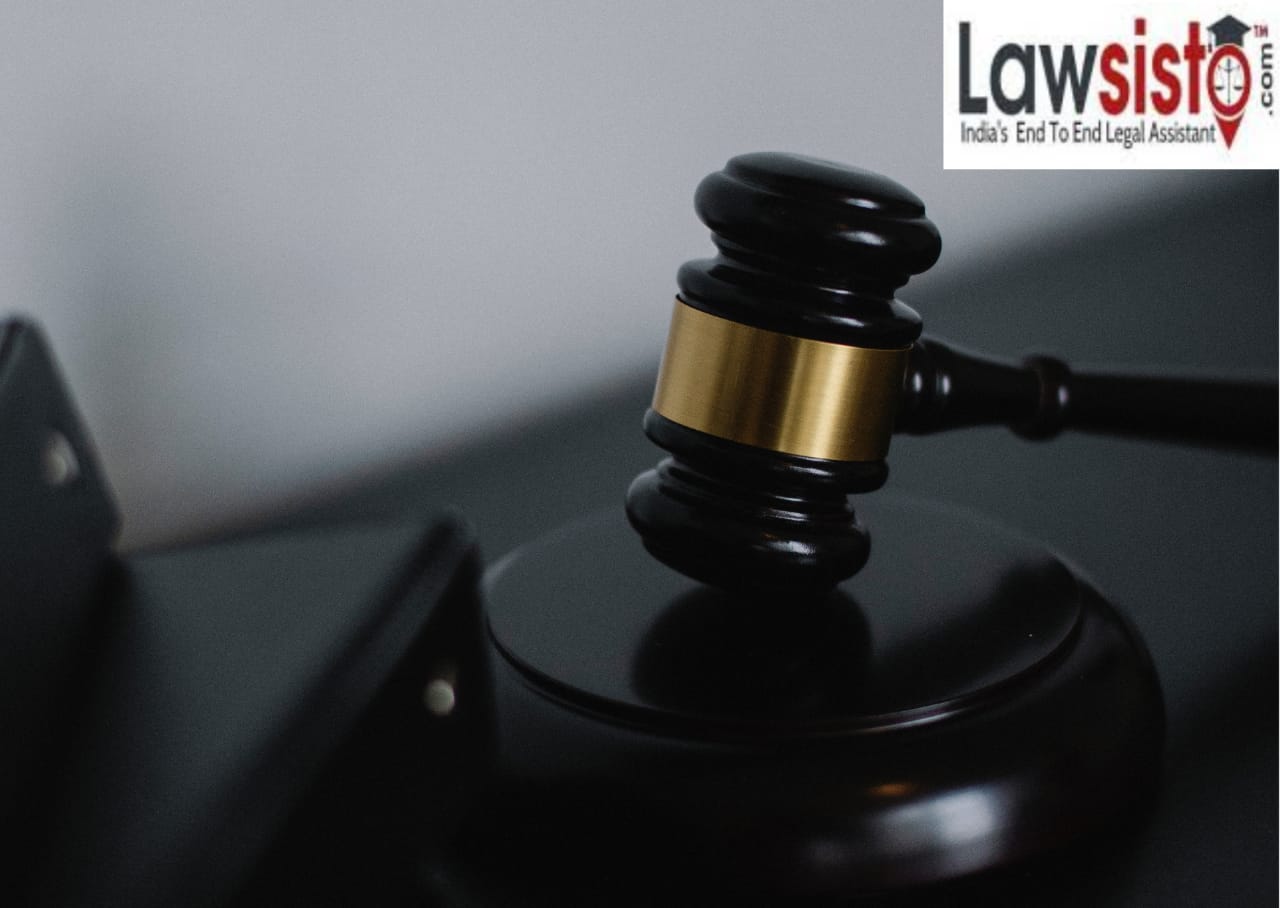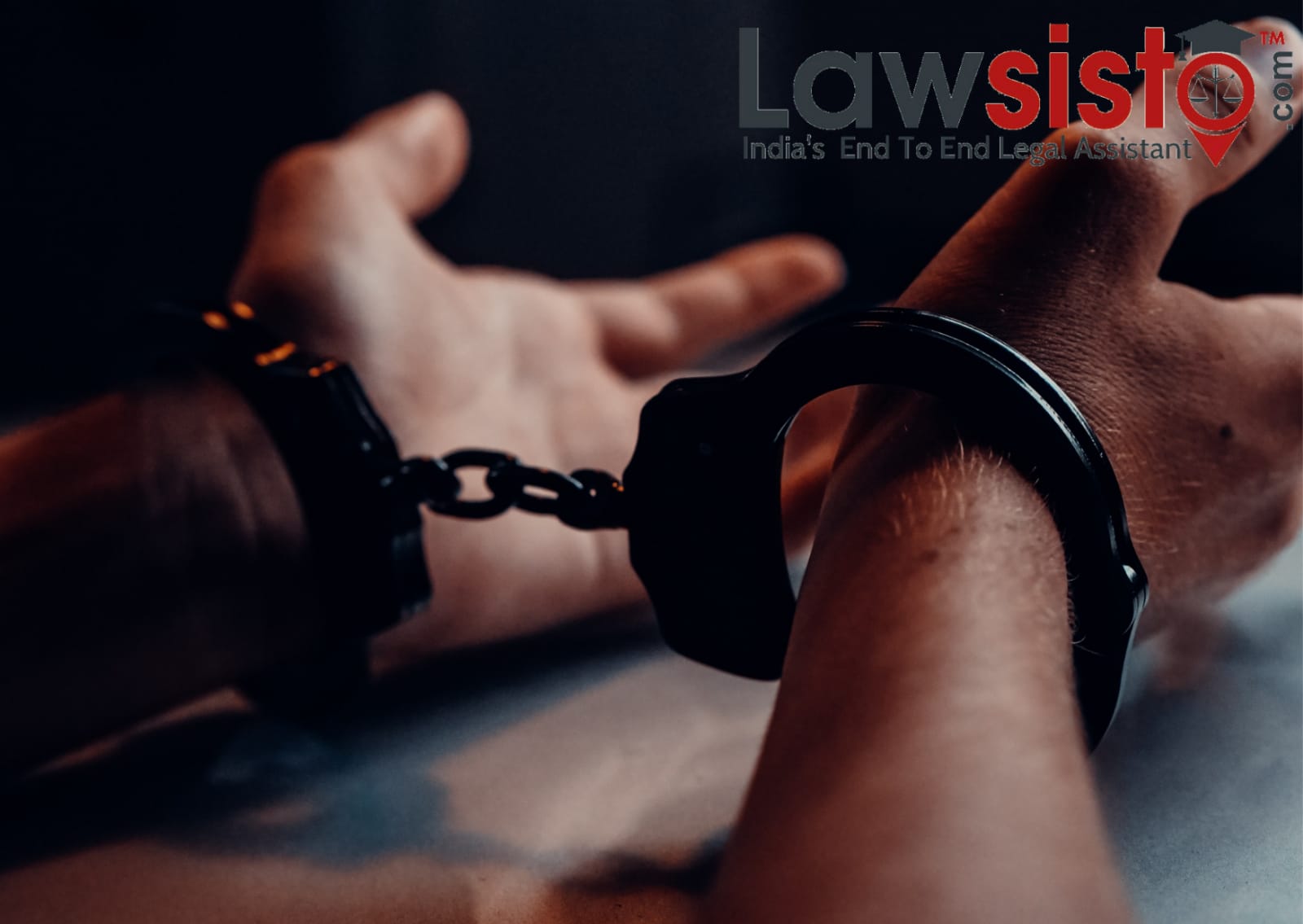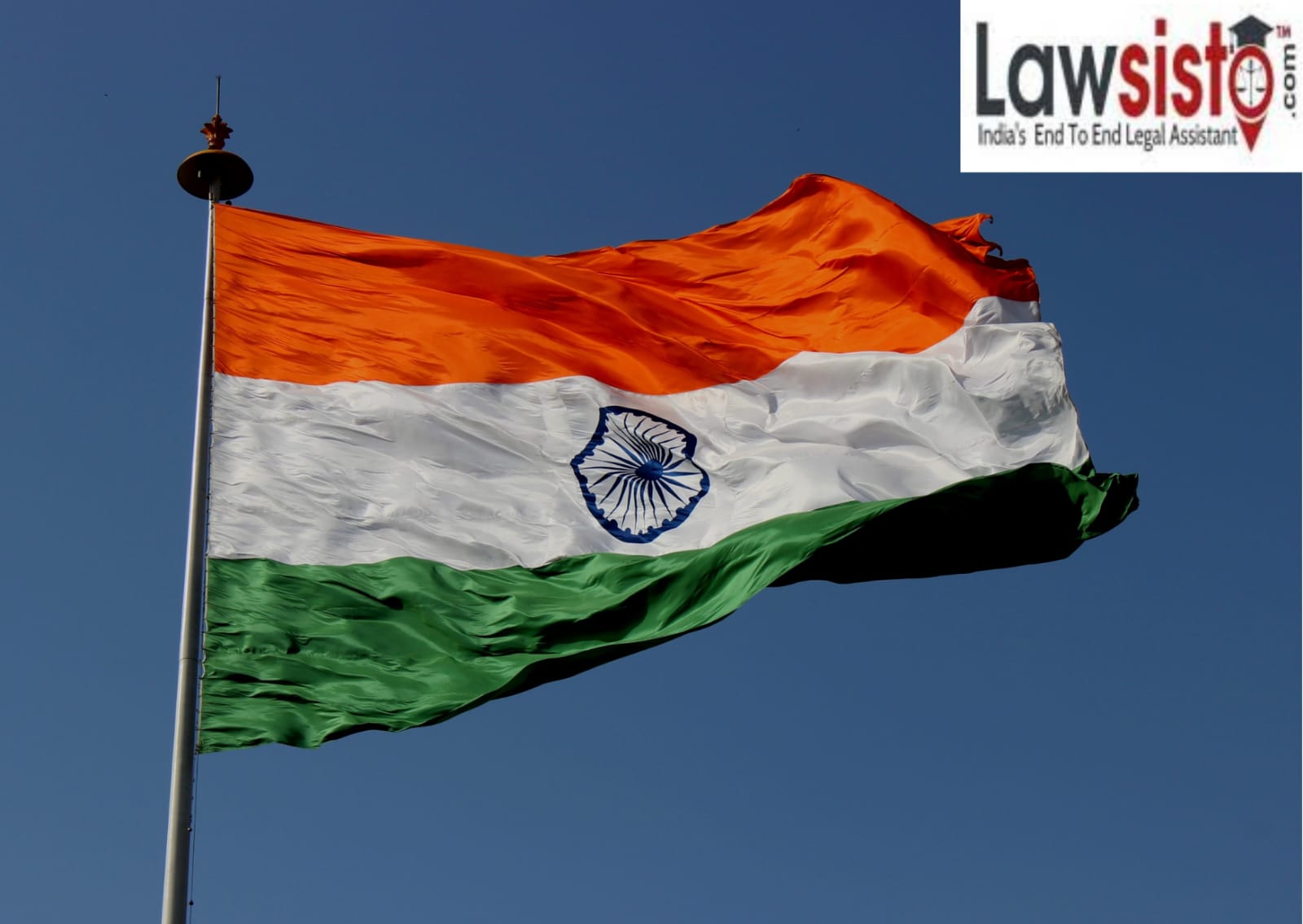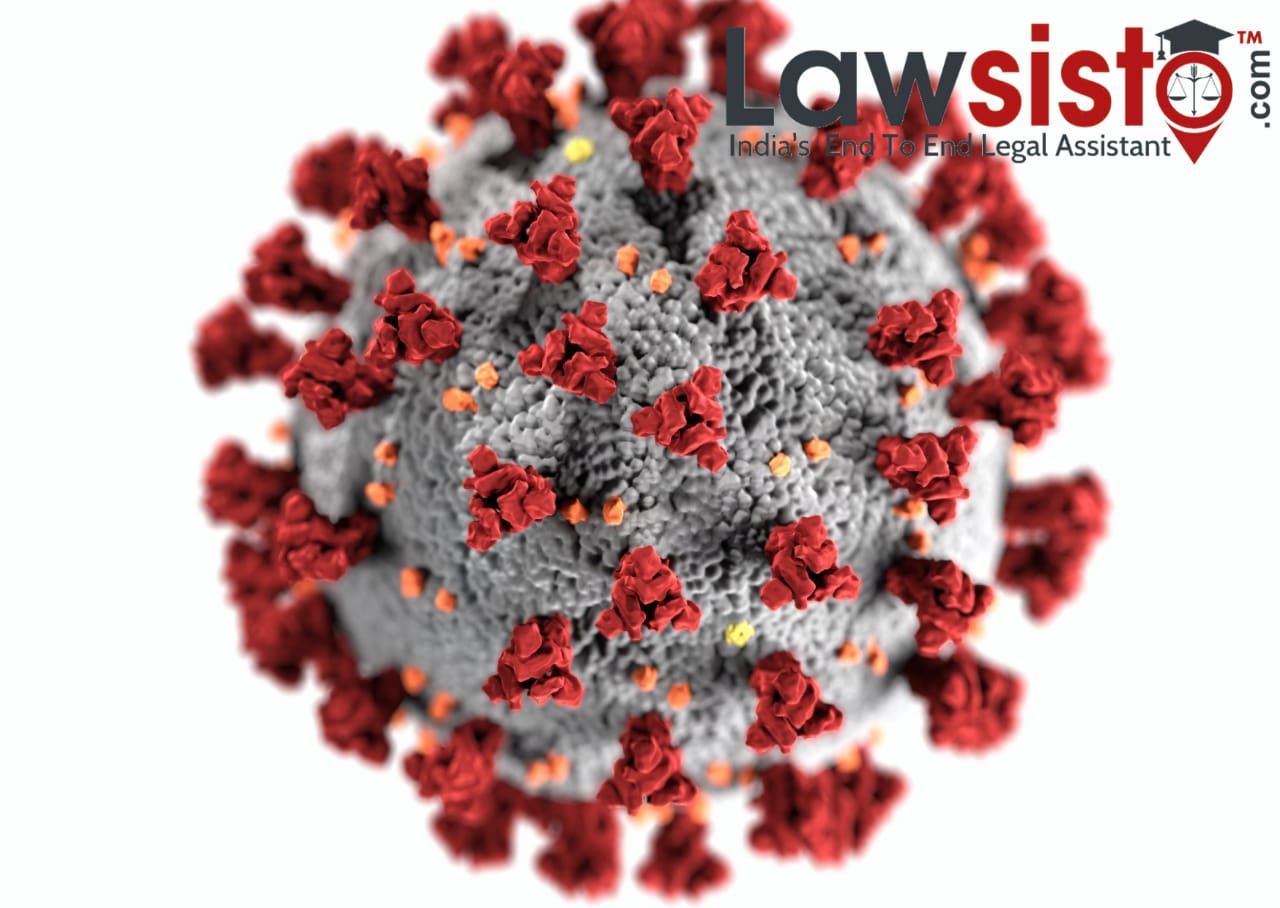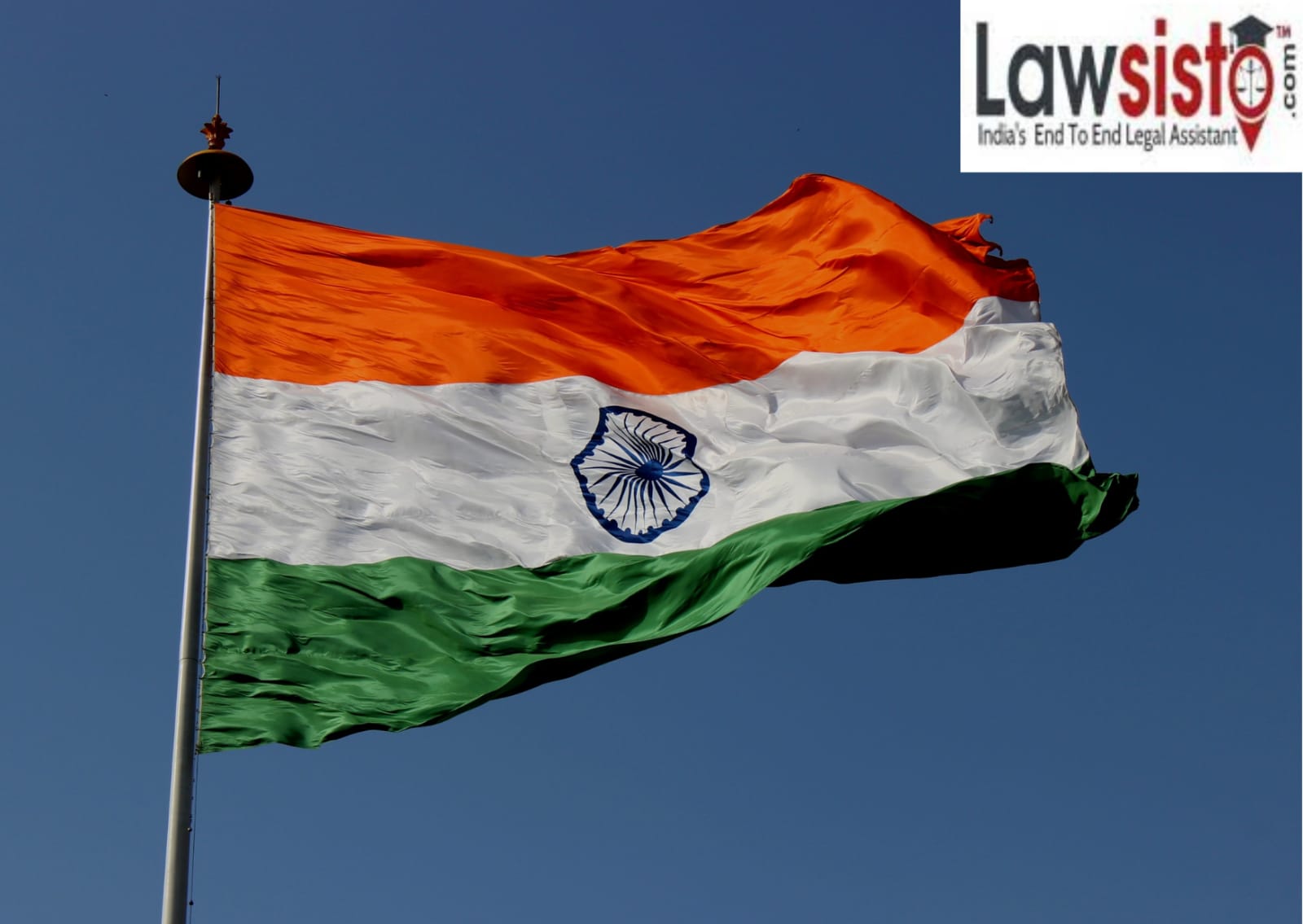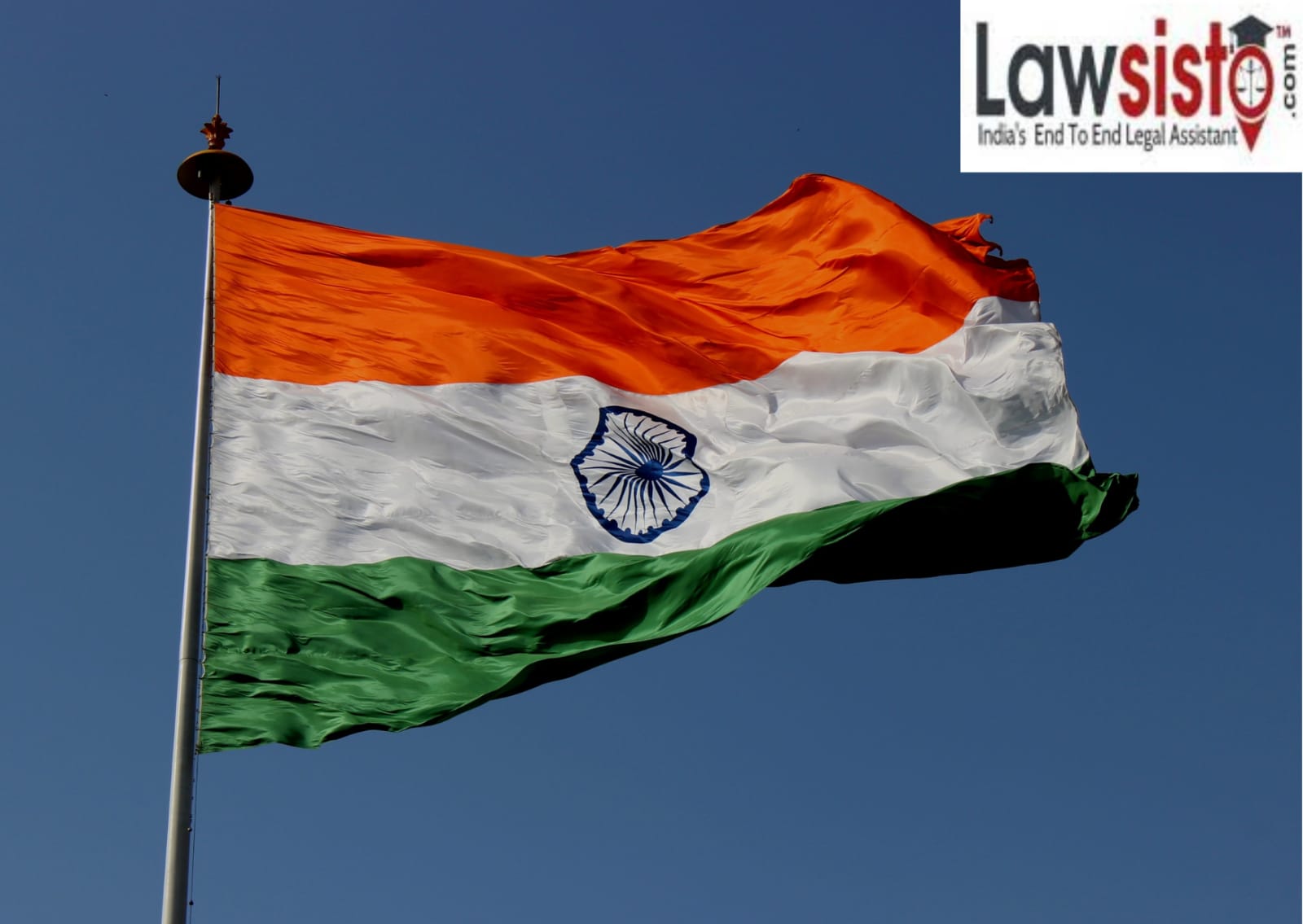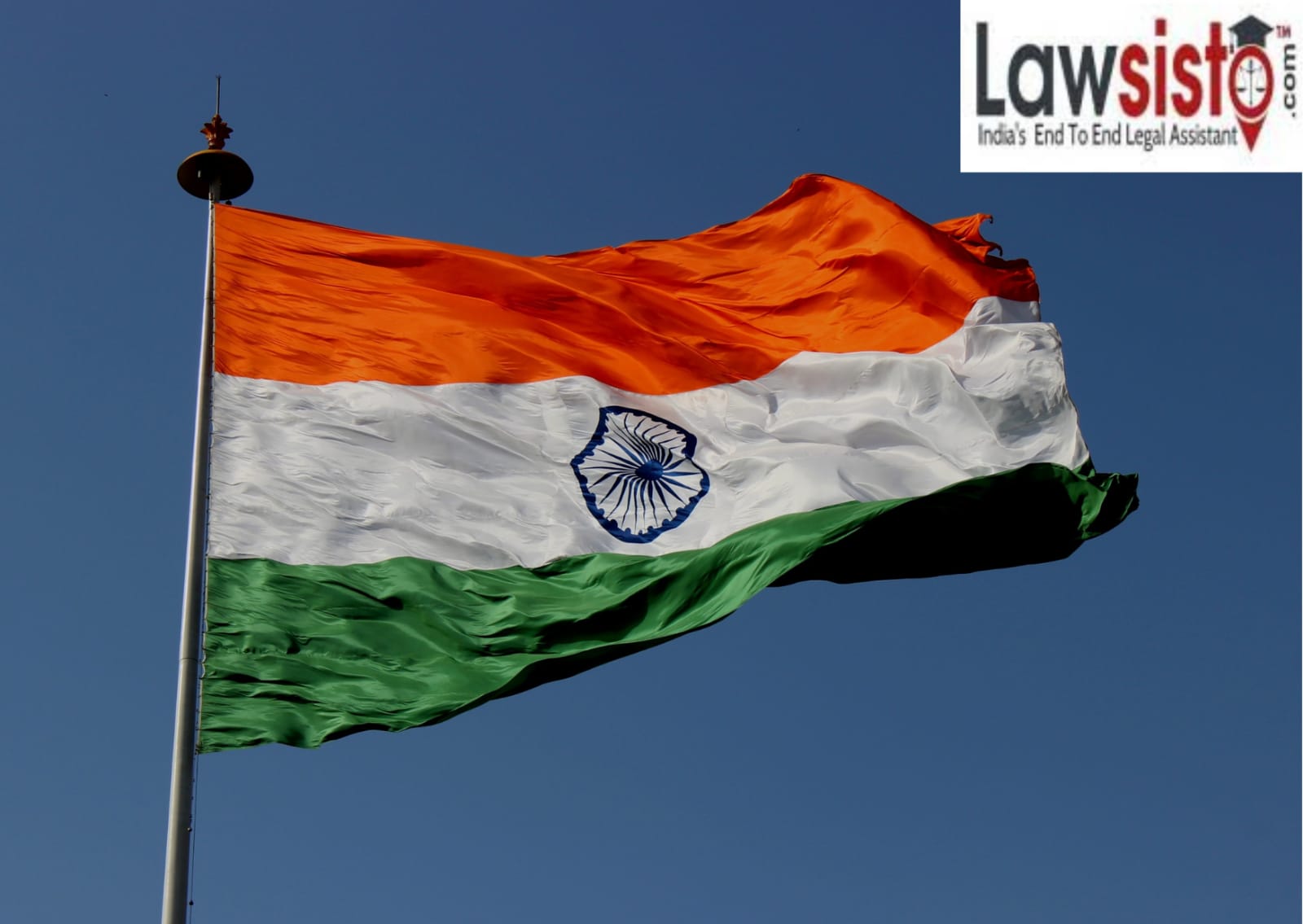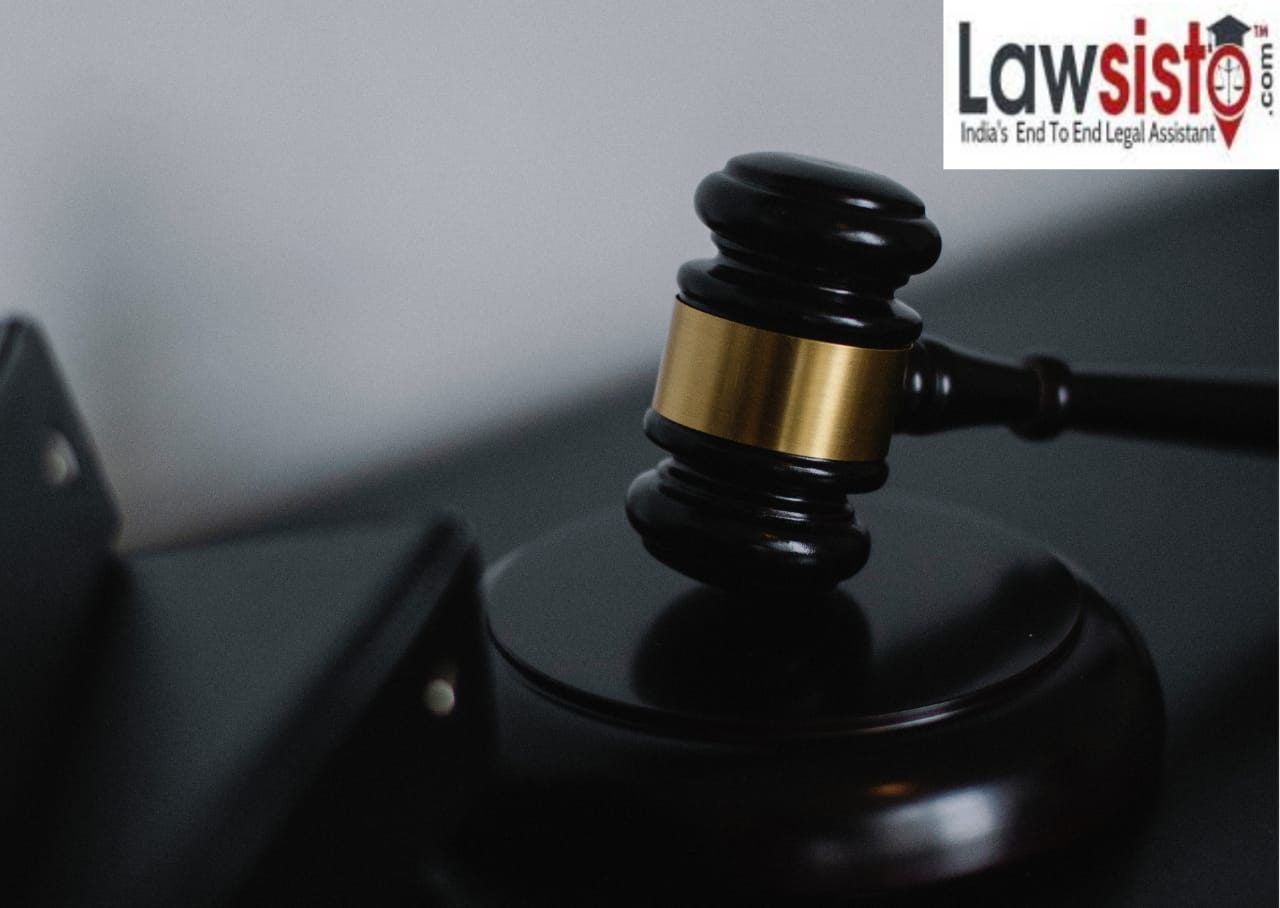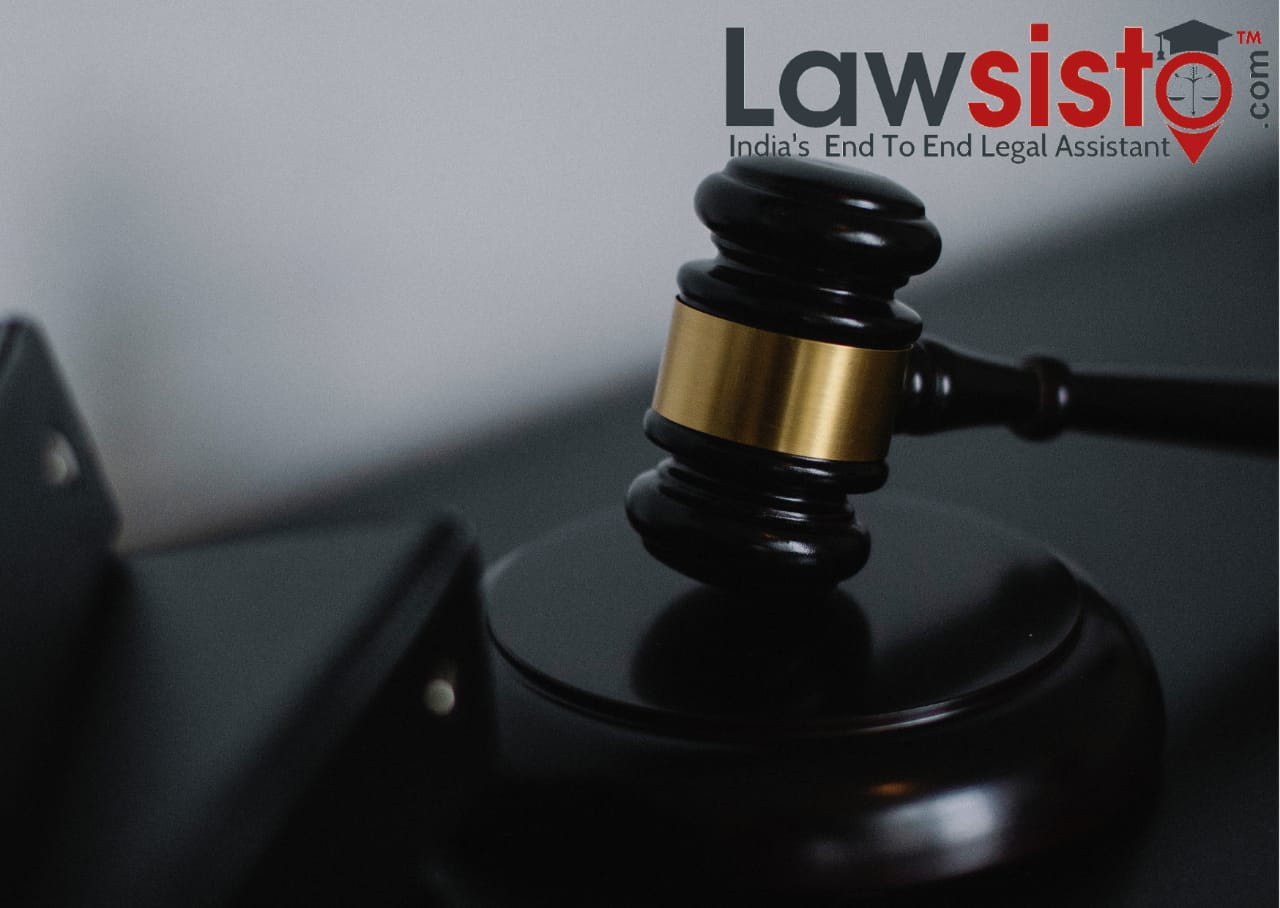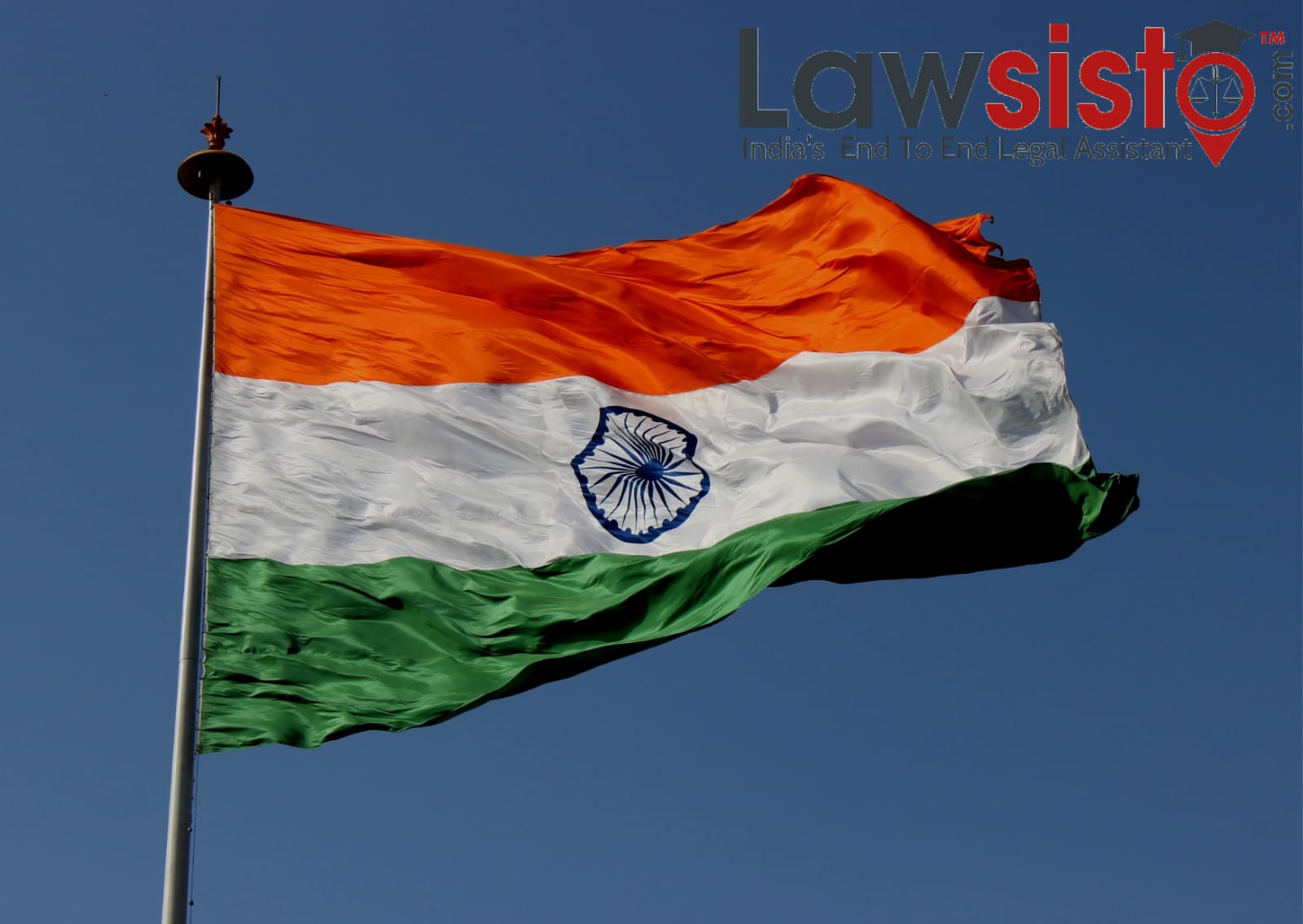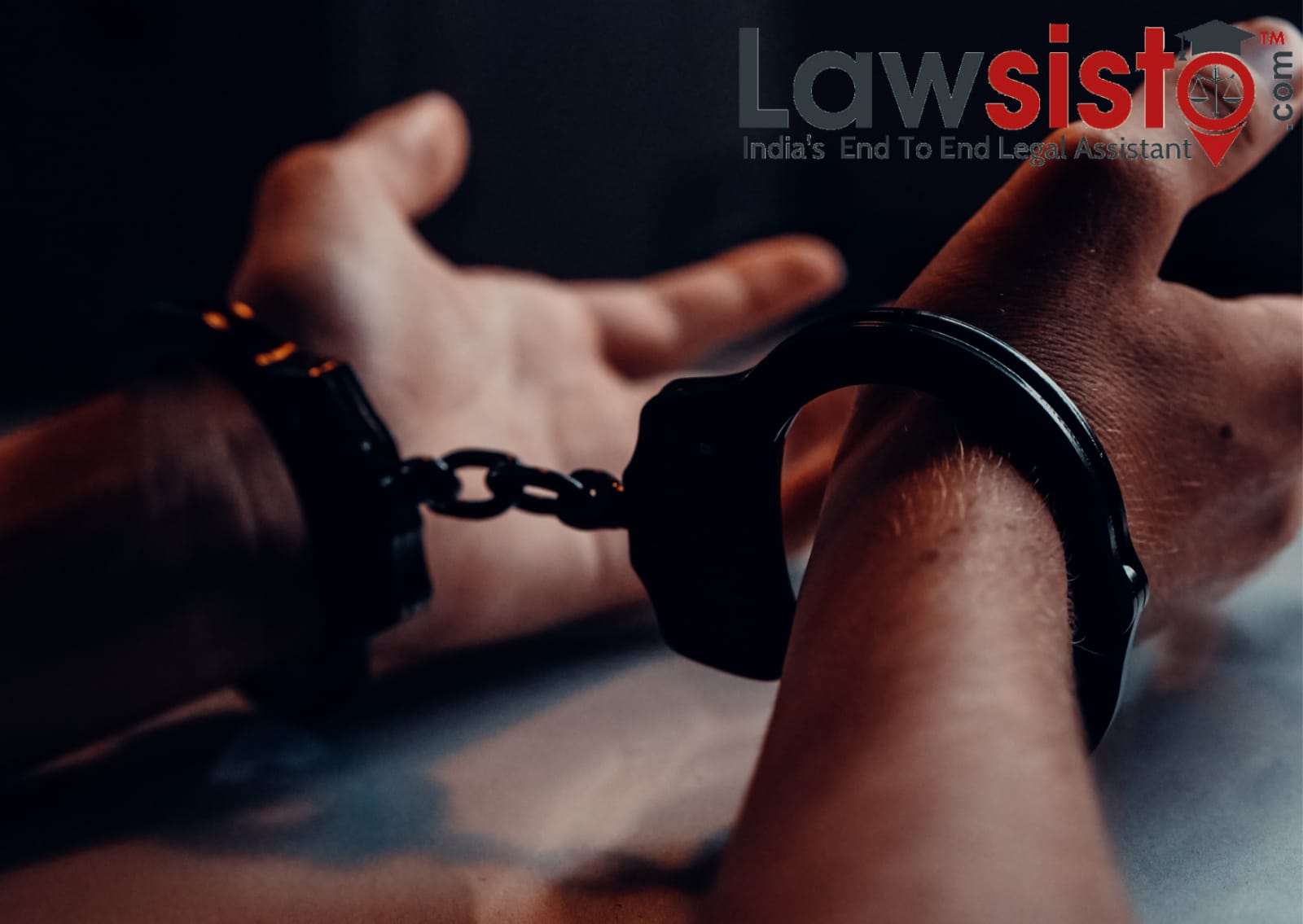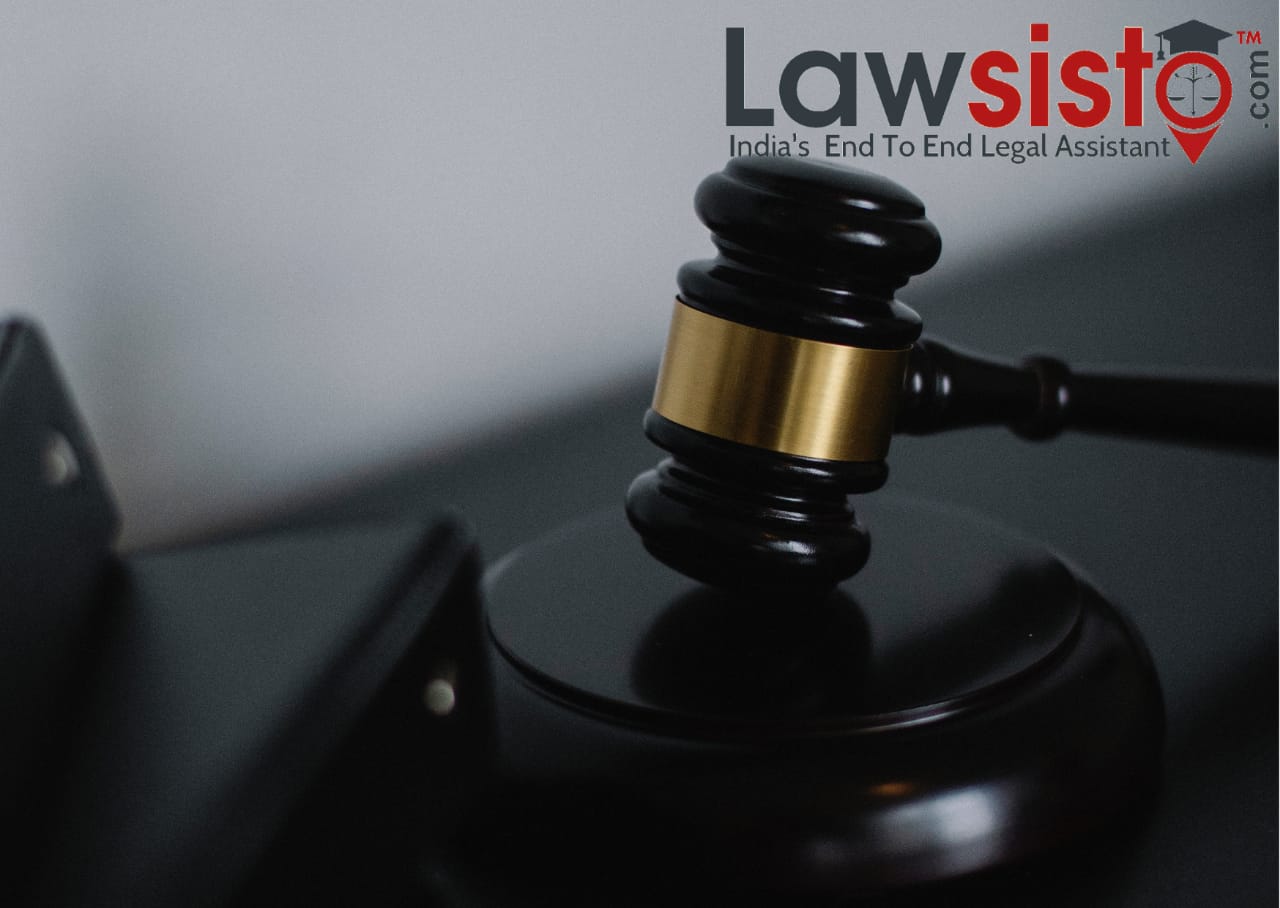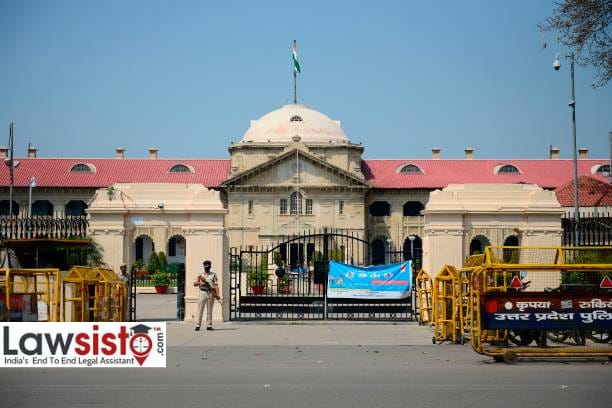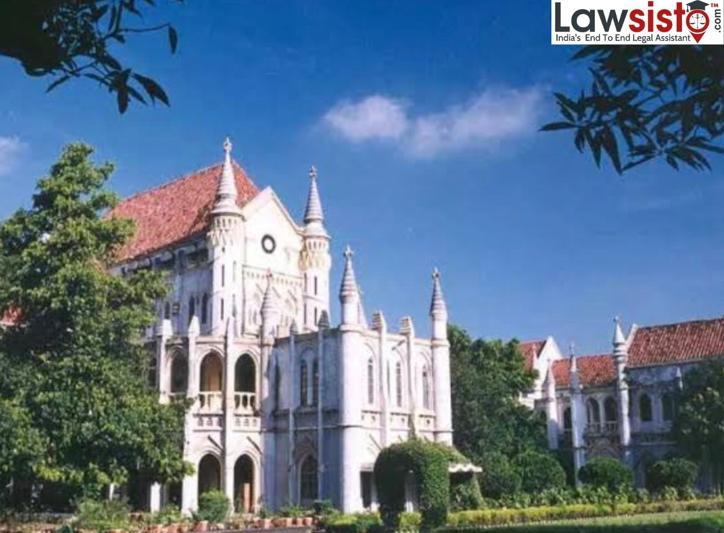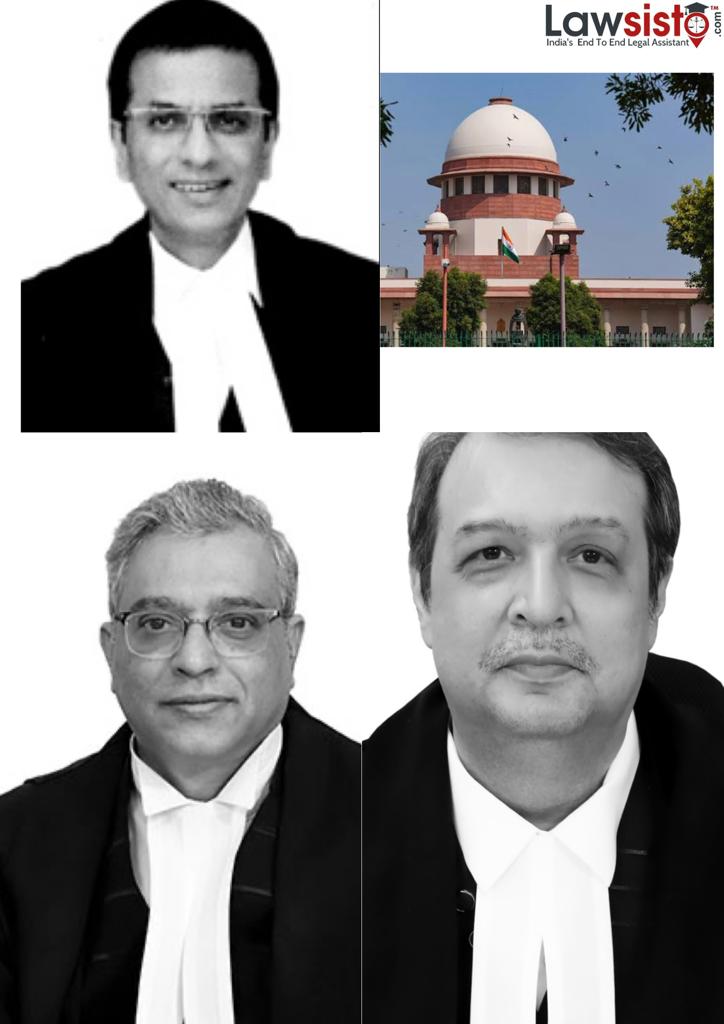Latest News
Case Analysis:I.R.Coelho V. State of Tamil Nadu
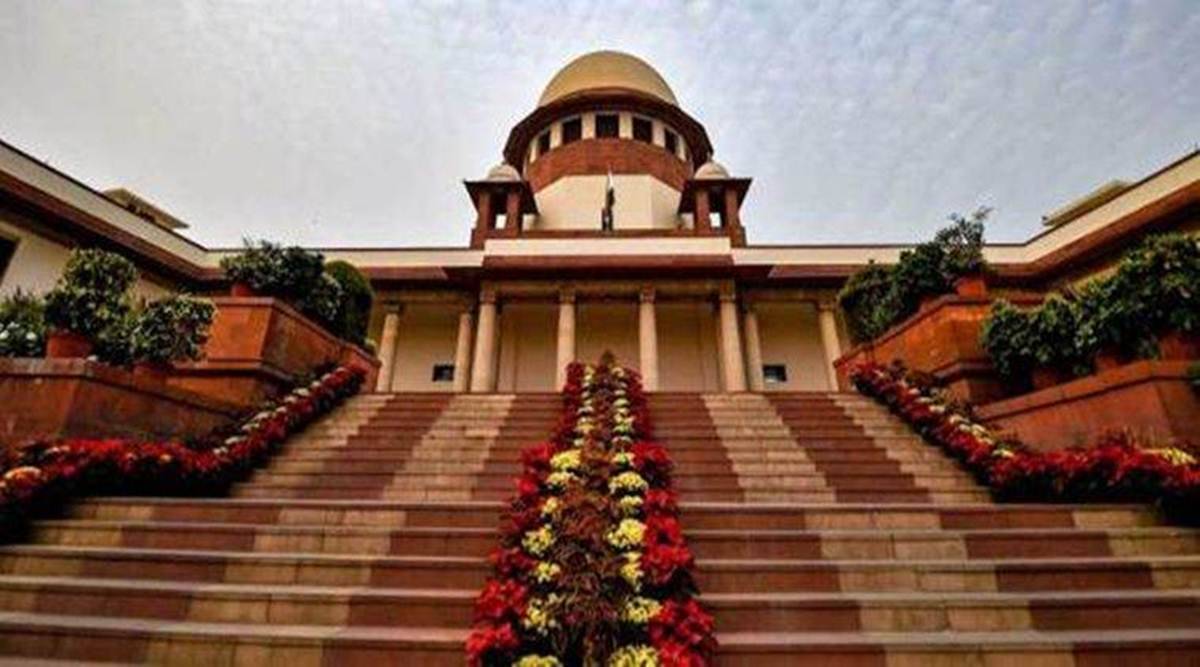
PETITIONER: I.R. Coelho (Dead) By LRs
RESPONDENT: State of Tamil Nadu & Ors.
DATE OF JUDGMENT: 11/01/2007
COURT: Supreme Court of India
BENCH: Y.K. Sabharwal Ashok Bhan Arijit Pasayat B.P. Singh, S.H. Kapadia C.K. Thakker & P.K. Balasubramanyan Altamas Kabir D.K. Jain
Facts of the case:
The case evolved from an order by a five-judge constitution bench of the Supreme Court of India back in 1999. The Gudalur Janmam Estates (Abolition and Conversion into Ryotwari) Act, 1969, that conferred forest patches in the Janmam estates of Tamil Nadu, was struck down by the Supreme Court of India in Balmadies Plantations Ltd. & Anr. v. State of Tamil Nadu as the court found it to be outside the scope of agrarian reforms under article 31-A of the Indian Constitution. By the Constitution (Thirty-fourth Amendment) Act, the Janmam Act was inserted in the ninth schedule, which was challenged. In its referral order, the constitution bench noted that, according to Waman Rao & Ors. v. Union of India & Ors the amendments made to the Constitution on or after 24th of April 1973 inserting various laws in the ninth schedule were open to challenge on the ground that such amendments are beyond the power of legislature since they alter the basic structure of the Constitution. The referral order further stated that the judgment in Waman Rao case needs to be reconsidered by a larger bench so that it is made clear “whether an Act or regulation which wholly, or a part of which, is or has been found by the courts of law to violate of one or more of the fundamental rights granted to the citizens by articles 14, 19 or 31 of the constitution of India can be included in the ninth schedule of the constitution or whether it is only a constitutional amendment to the ninth schedule of the constitution which alters the basic structure of the Constitution that can be struck down”.
Issue:
1)whether on or after the 24th of April 1923 when the basic structure doctrine was propounded, is it permissible for the legislature under Article 31-B to amend the ninth schedule and thus outside the purview of the courts.
2) what was its effect of such an amendment on the power of judicial review of the court of law?
Judgment:
The court after hearing the arguments by both the parties and considering the facts of the case held that after 24th April 1973 laws coming under the Ninth Schedule of the constitution would not enjoy blanket immunity but the court will examine the nature and extent of infraction of a fundamental right by a statute, sought to be constitutionally protected, and on the touchstone of the basic structure doctrine as reflected in Article 21 read with Article 14 and Article 19 by application of the rights test and the essence of the right test. Applying these tests to the ninth schedule laws, if the infraction affects the fundamental structure of our constitution, then such a law or laws won't get the protection of the ninth schedule the judgment stated. With relation to a law judicially pronounced to be violative of fundamental rights and which is subsequently inserted within the Ninth Schedule after the 24th April 1973, the Court ruled that such a violation/infraction shall be a hospitable challenge on the bottom that it destroys or damages the essential structure as indicated in Article 21 read with Article 14, Article 19 and the principles underlying thereunder. It could be said to be a modified version of Golaknath judgment because in Golak Nath any abridgement of part III of the constitution would be invalid, but here the degree of invasion would be examined by the courts of law in the light of tests which developed after to test the infringement of fundamental rights of the citizens.
Document:
